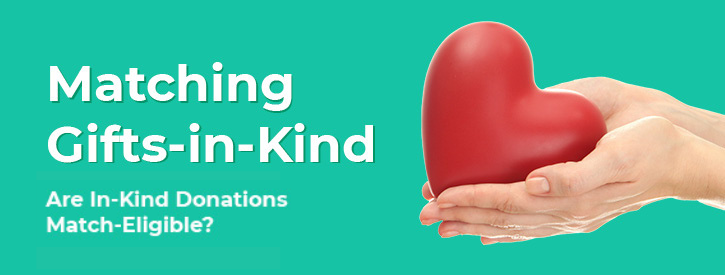Boost Your Association’s Membership Engagement in 7 Steps
If you want to grow and maintain your membership program, you’ll likely spend a large chunk of your time planning and executing some sort of membership engagement plan.
Unfortunately, because “membership engagement” is such a broad concept, it’s tough to get your strategy right on the first try (or even after many tries!).
Lucky for you, we’ve made tackling the membership engagement issue a little less tricky. Here, we’ll provide you with 7 simple steps for increasing your organization’s membership engagement.
Here’s a preview of the subjects we’ll cover:
- Define membership engagement.
- Understand your members.
- Communicate consistently.
- Establish online engagement spaces.
- Prioritize community-building.
- Streamline the member renewal experience.
- Track your membership engagement efforts.
Pretty soon, you’ll be a master of membership engagement (and you’ll have the member retention rates to show for it)!
Still in the planning phase of your new membership organization? Read our guide to starting a nonprofit membership program first!
1. Define membership engagement.
Before you can begin engaging your members in an effective way, you’ll need to figure out exactly what you hope to accomplish.
Membership engagement can take many forms, and if your team isn’t all on the same page with your expectations, you’ll find it much harder to accomplish anything.
So, take a few minutes to review your current engagement level and determine a few tangible goals for the future. Perhaps you want to:
- Increase attendance at membership events.
- Boost volunteer involvement.
- Encourage more participation in online communities.
Your engagement marker might be totally different than another organization’s, and that’s okay! Be sure that your goals reflect the needs and interests of your members and your organization, and you’ll be able to reach new heights sooner than you think.
Start your member stewardship strategy on the right foot with membership software that offers robust member profiles. The more your organization or association knows about its members, the more targeted your stewardship strategies can be!
2. Understand your members.
How can you cater to your members’ personalities if you’re not well acquainted with them? The short answer: you can’t.
That’s why it’s extremely important for you to get to know your members on a personal level. If you don’t, your engagement strategies run the risk of being generic and unappealing to your constituents.
It might seem like a daunting task to get to know each one of your many members on a one-on-one basis, but fortunately, your organization likely already has a tool on hand to make it much easier.
That tool? Your membership management software, of course!
With powerful membership management software (also known as association management software or AMS, for short), you’ll be able to manage member data more effectively and leverage it to its full potential.
Not only will software help you stay organized, but it’s the only way you can get a full picture of your members’ participation and giving history in one centralized location.
With a knowledge of members’ interests, preferences, past involvement, and giving habits, you’ll be able to plan engagement opportunities that actually make sense for them—without any of the hassle of manual data management!
Bonus: Still searching for the right association management software for your organization? Check out our list of the best tools before you start shopping around!
3. Communicate consistently.
Your members joined your organization or association because they’re personally invested in your efforts.
As your most devoted supporters, they deserve to be kept in the loop on your organization’s projects and your community’s trends and hot topics.
To that end, you should be regularly communicating with your members in any (or all!) of the following ways:
- Email newsletters.
- Participation acknowledgements.
- In-person forums and events.
- Social media updates.
- Personal outreach.
By staying active in your members’ lives through regular communication efforts, you’ll remind them of their interest in your organization and encourage them to participate themselves.
As important as it is for your organization to get the word out about important updates, it’s equally important that your members have a place to communicate, too!
Make sure your members know that your team is always accessible should they want to voice concerns, ask questions, or provide feedback. You can also send out surveys asking for targeted feedback on a regular basis, or host events dedicated to member-leadership interaction.
4. Establish online engagement spaces.
There’s a good chance that several of your members joined your association to connect with one another. From building professional connections to collaborating with others in their field to simply forming friendships, a professional or trade association membership can create a sense of community.
However, many associations need help encouraging members to make connections, offering only a handful of annual events for them to meet up. By establishing online spaces where members can interact, your trade or association can build an active community and increase retention.
When building an online engagement space, your first instinct might be to craft a social media strategy. While social media is a useful marketing tool, ultimately sending members away from your website to engage with one another on a third-party platform decreases focus on your association.
Instead, create an online engagement space directly on your website using a community engagement platform. For example, let’s take a look at how our recommended community engagement platform for trade and professional associations, Tradewing, facilitates member engagement:
With Tradewing, members can log into their membership accounts on your association’s website to view their membership activity feed. Similar to social media platforms like Facebook and Twitter/X, Tradewing allows members to make posts and interact with each other’s content. However, unlike public social media sites, all posts on your Tradewing platform are relevant to your association, keeping members focused on your content and making connections.
Additionally, platforms like Tradewing also include:
- Membership directory. When joining your association, members will be prompted to create a membership profile and share information about themselves, such as their company name, email address, alma mater, phone number, and any other custom fields your association thinks would be useful. Members can then choose which fields to make public to other members. For example, a member who has experienced issues with excessive spam may choose not to share their email address.
- Messaging tools. Members can click on each other’s names or search the membership directory to view others’ profiles. From there, they can send direct messages to start conversations, form group chats, and build connections.
- Announcements. Create announcement posts to keep your members informed about the latest happenings at your association. These posts are pinned to the top of your members’ community feeds, and associations can enable email messaging to ensure all members are alerted to new announcement posts.
Platforms like Tradewing encourage member-generated content, community building, and increased online engagement.
Leverage your community engagement software to create online spaces where your members can not just connect between in-person events but actively engage with each other all year round.
5. Prioritize community-building.
Membership programs are unique in that they can create a thriving community based around shared goals, interests, and values.
Think about it: when an individual chooses to donate to or volunteer for a nonprofit, they might meet like-minded individuals at community service events or fundraisers, but more often than not, their involvement is a solo activity.
But when they sign up for the nonprofit’s membership program, they’re immediately met with a collective of others with similar passions!
Make sure your members are aware of the vibrant community within your membership program, and do your part to foster community-building whenever you can.
Design online and in-person opportunities that facilitate member-to-member engagement, from starting a discussion in an online forum to hosting a member mixer filled with interactive activities for your guests. Get creative with it!
Choosing the right association management software can go a long way to help build a culture of community-wide engagement for your association or organization. Top features like online message boards, member-managed groups and committees, member directories, and self-service profiles make a big difference in letting members feel empowered to engage with your work in the ways that work best for them.
When your members are engaged with one another, they’ll be more connected to your organization overall (and they’ll be much more likely to participate in member activities when they know they have friendly faces to join them!).
6. Streamline the renewal experience.
So far, we’ve been discussing how to keep your members engaged throughout their membership. However, there is another aspect of membership engagement that we can’t ignore: the member renewal process!
No matter how involved your members are, if they don’t sign up for another year, you’ve got some membership engagement problems to address.
To make sure your members are excited to come back to your organization year after year, you should ensure that the renewal process is as simple and straightforward as possible. Consider implementing one (or more) of the following strategies:
- Automated renewal. Some software providers allow you to set up automated renewal reminders or even provide members with the option of recurring membership fee payments. Never let a member lapse due to forgetfulness again!
- Optimize your application process. Whether they’re applying for the first time or renewing for another year, your members should have no issue completing their application form. Optimize their experience by creating a form that’s user-friendly and easily accessible.
- Encourage additional giving. Give your members options for adding extra donations on top of their membership dues by using your membership management software’s built-in donation tools (or integrating with another online giving tool). Plus, give them the option to upgrade their membership level during the renewal process.
Bonus: Need some guidance before you send your next round of member renewal letters? Take a look at Fundly’s handy guide!
7. Track your membership engagement efforts.
As you implement different member engagement strategies within your organization, some efforts will inevitably see better results than others.
To make sure you’re moving forward (and that mistakes don’t repeat themselves), you’ll need to be able to track and analyze your engagement in a meaningful way.
Thankfully, membership management software can make such a task much more doable. In fact, depending on your platform, you may be able to:
- Create custom reports. Find and assess the data you need by building your own reports using any information in your database. Then, easily share them with your team or constituents as needed.
- Quickly view fiscal data. Don’t waste time wondering which members have paid their dues; instead, get a comprehensive view of your fiscal situation in as little as one click.
- Evaluate event success. Assess event registration and attendance, view payment records, and compare overall success between multiple events to see which are worth revisiting next year.
When you use powerful membership management software to handle all your reporting needs, you’ll be able to easily gain insight into your engagement success and use that knowledge to prepare for the future.
Needless to say, developing a successful membership engagement strategy is a major undertaking for any organization. But with these tips in mind, you’ll be able to confidently navigate all of your future membership engagement endeavors!
For more ways to engage supporters through your membership program, take a look at these additional resources:
- Double the Donation’s Top 10 Fraternity and Sorority Management Software: Whether you’re trying to manage membership dues, chapter meetings, or improve your alumni outreach, these tools can help you make membership management simple.
- OneCause’s How to Boost Member Engagement Through Charity Auctions: Live, silent, or online, hosting a charity auction is a great way to improve membership engagement. Check out OneCause’s expert tips on how to get started.
- Salsa Labs’ 5 Tips for More Effective Member Management: If you want to improve your membership engagement, you need to learn how to organization your program. Salsa has 5 tips to help make management easier.

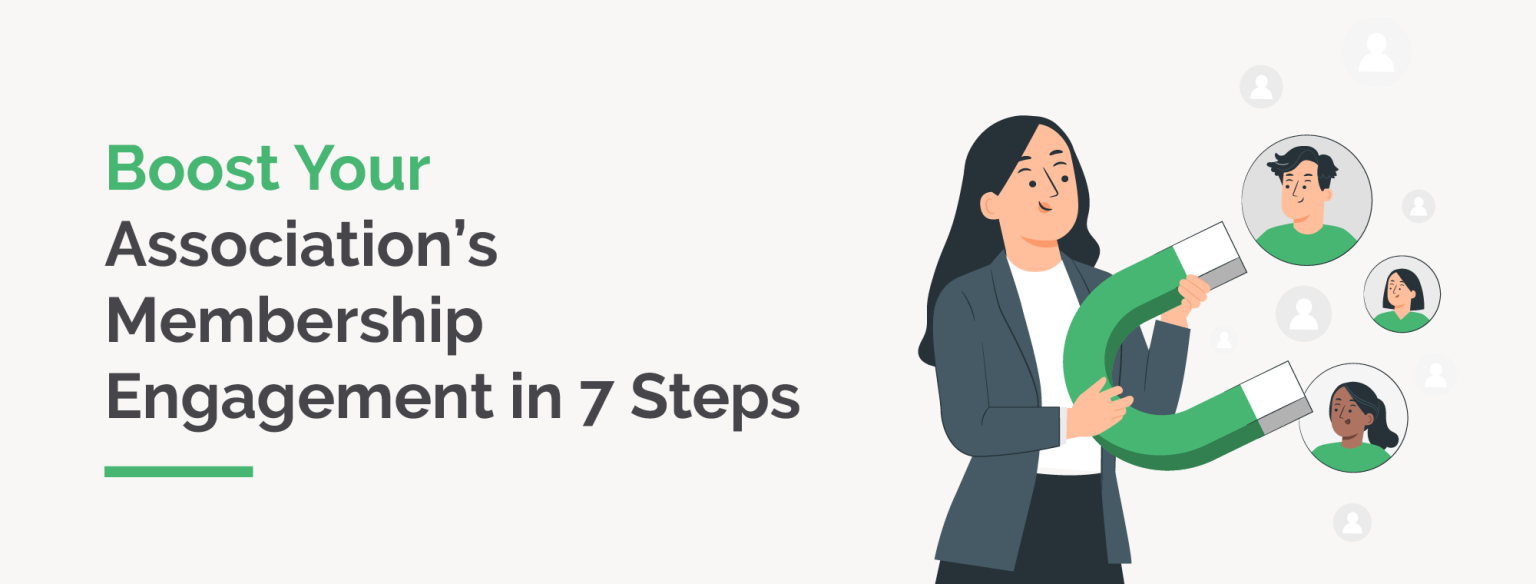

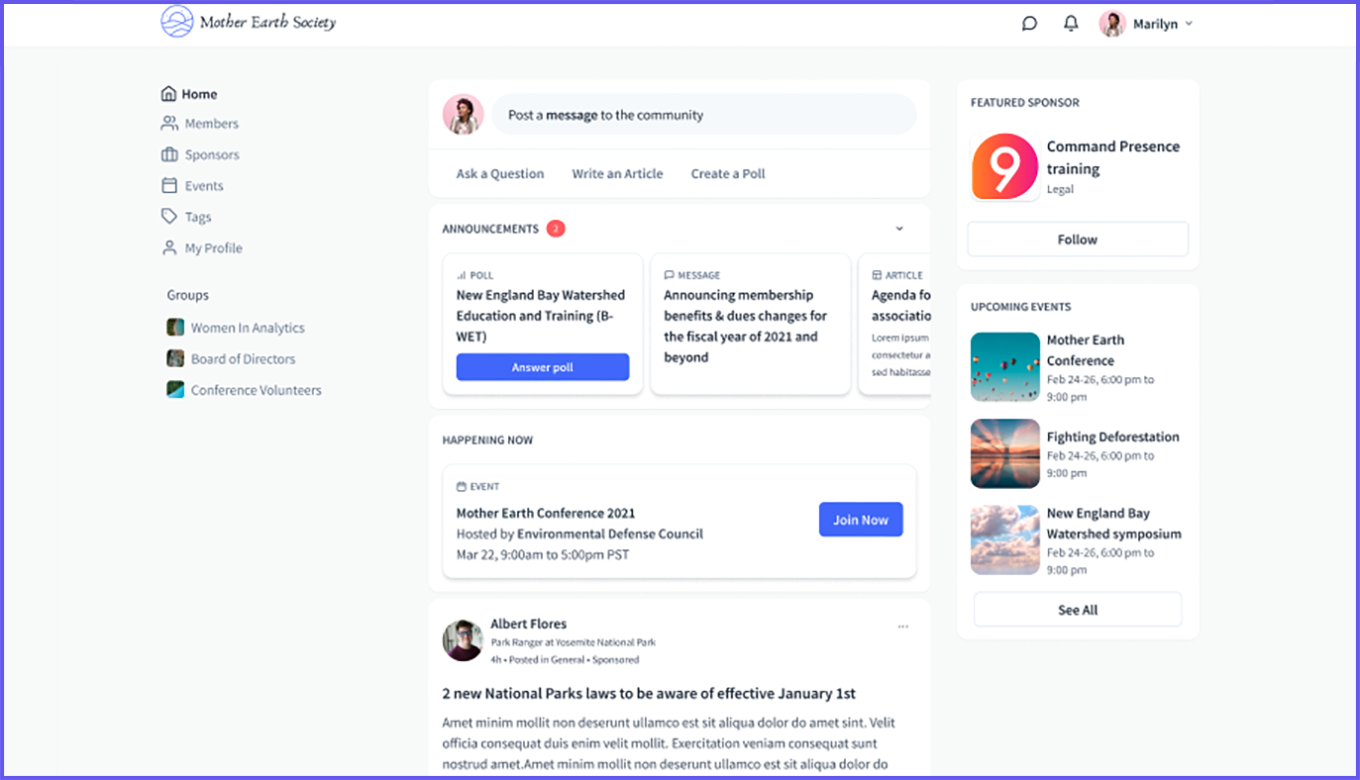


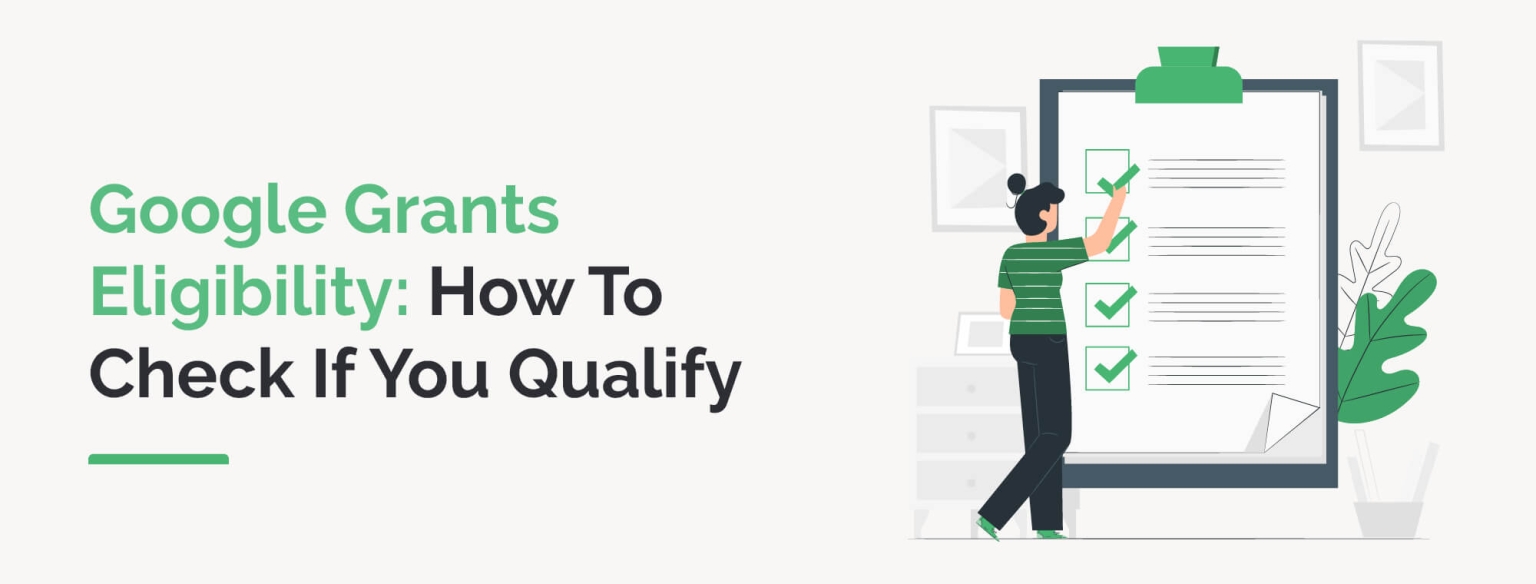

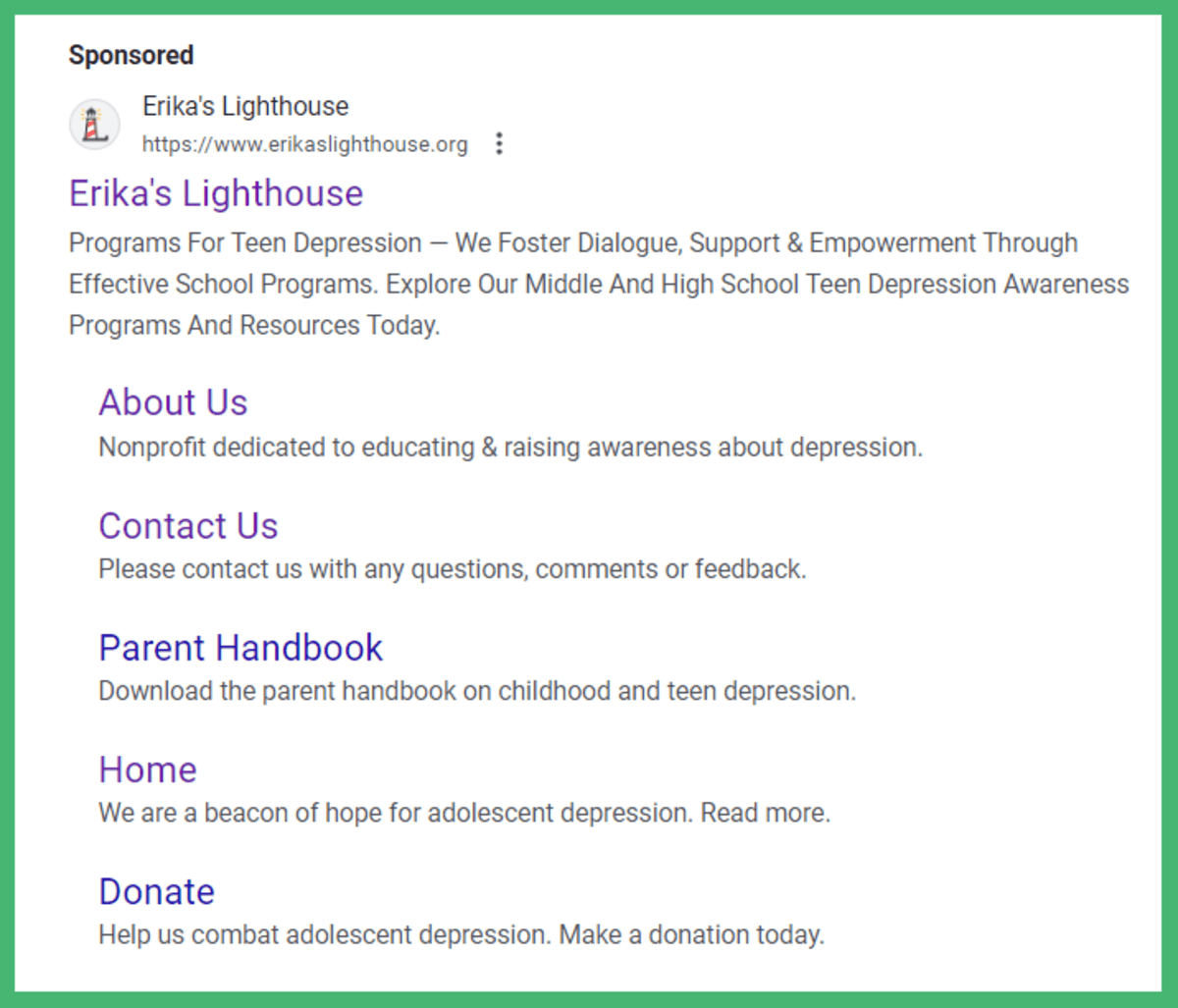

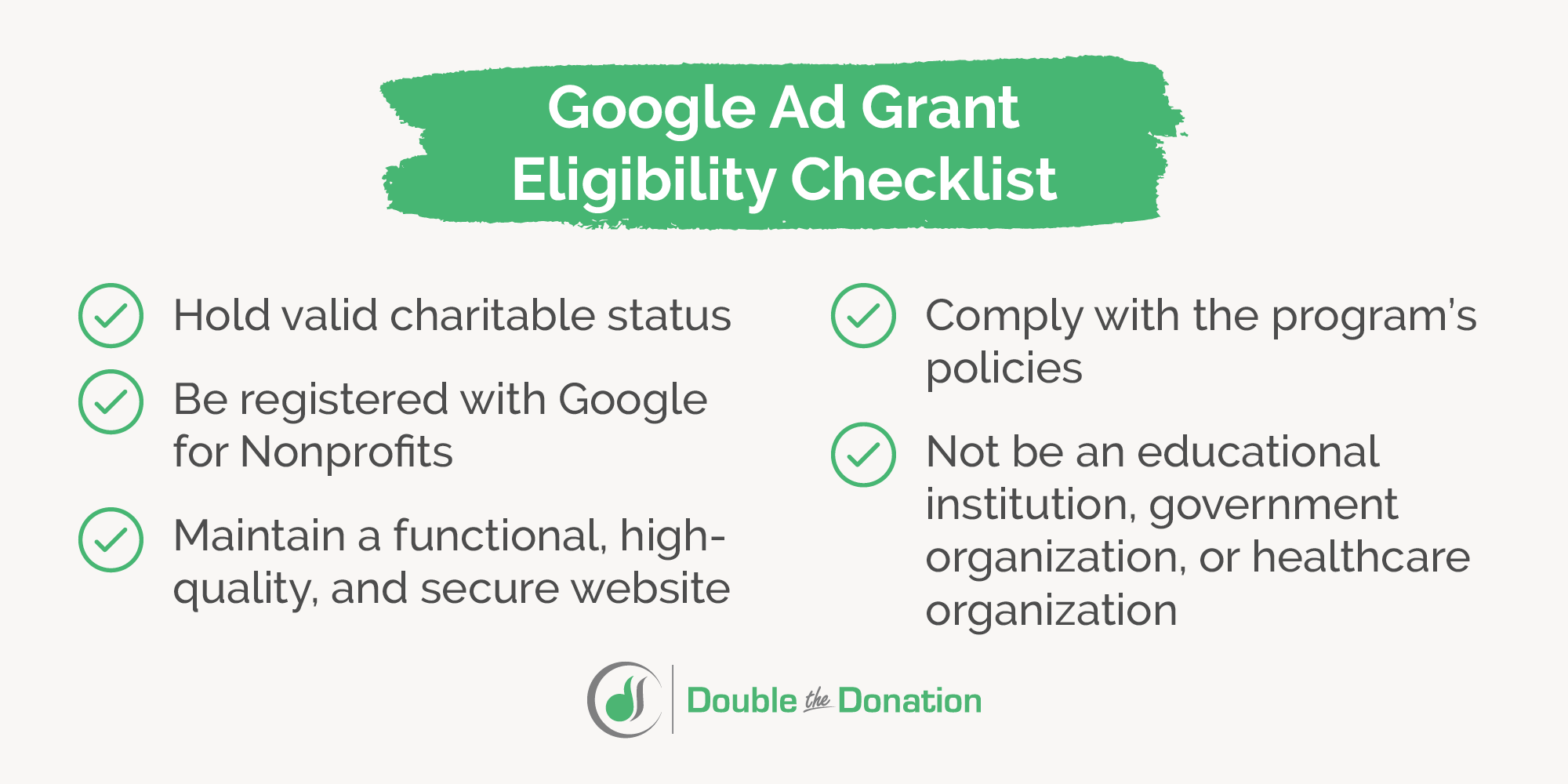
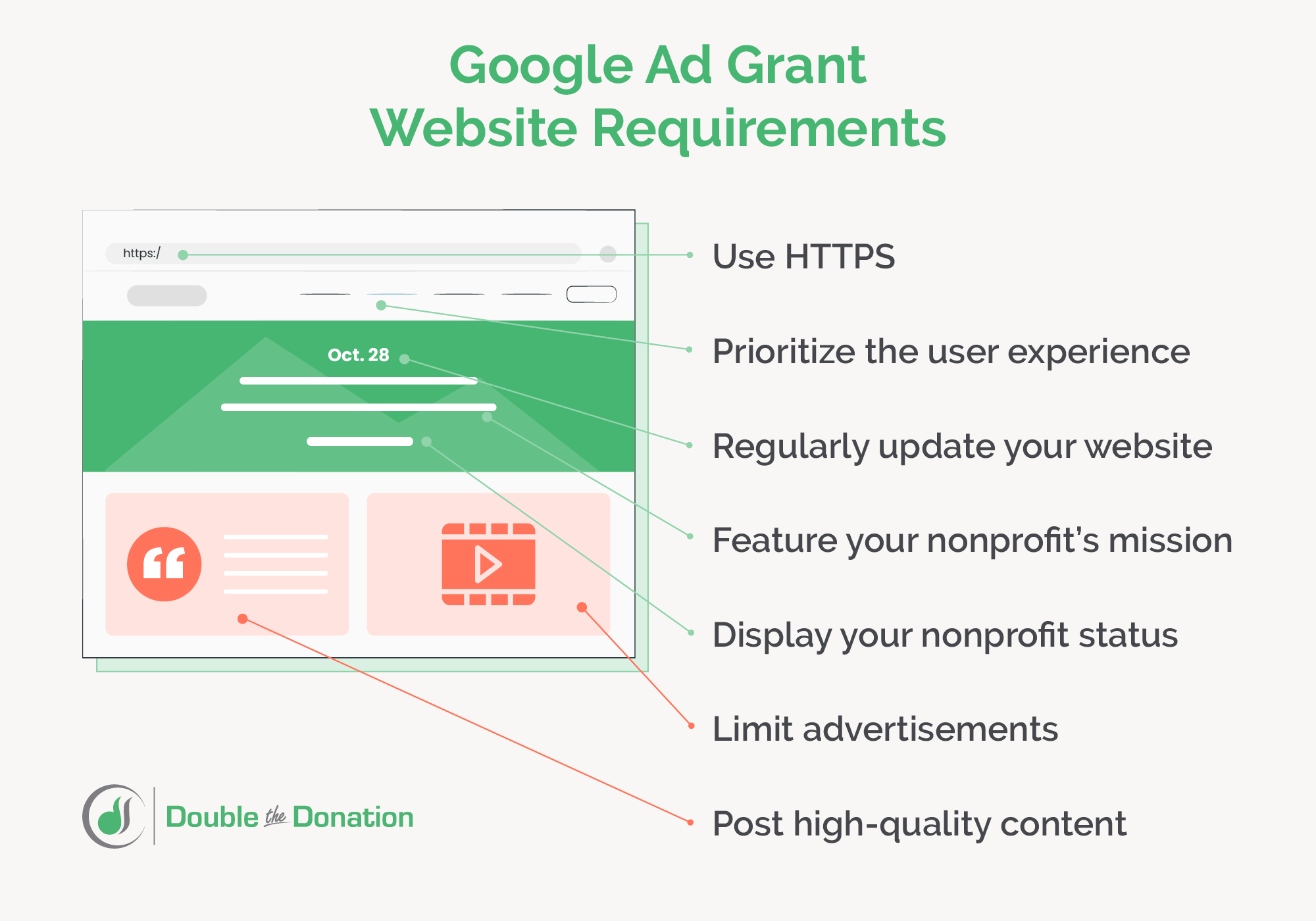
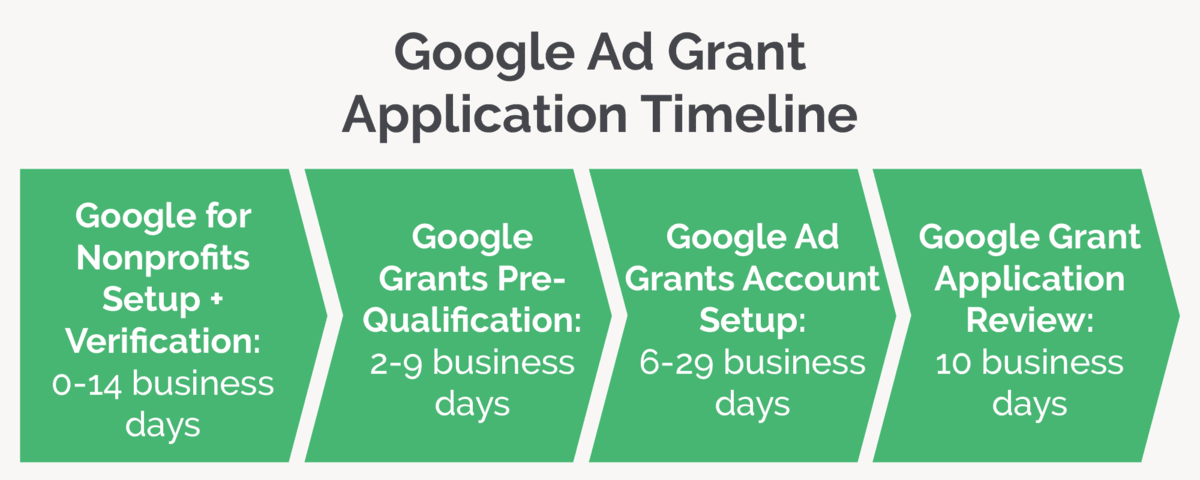


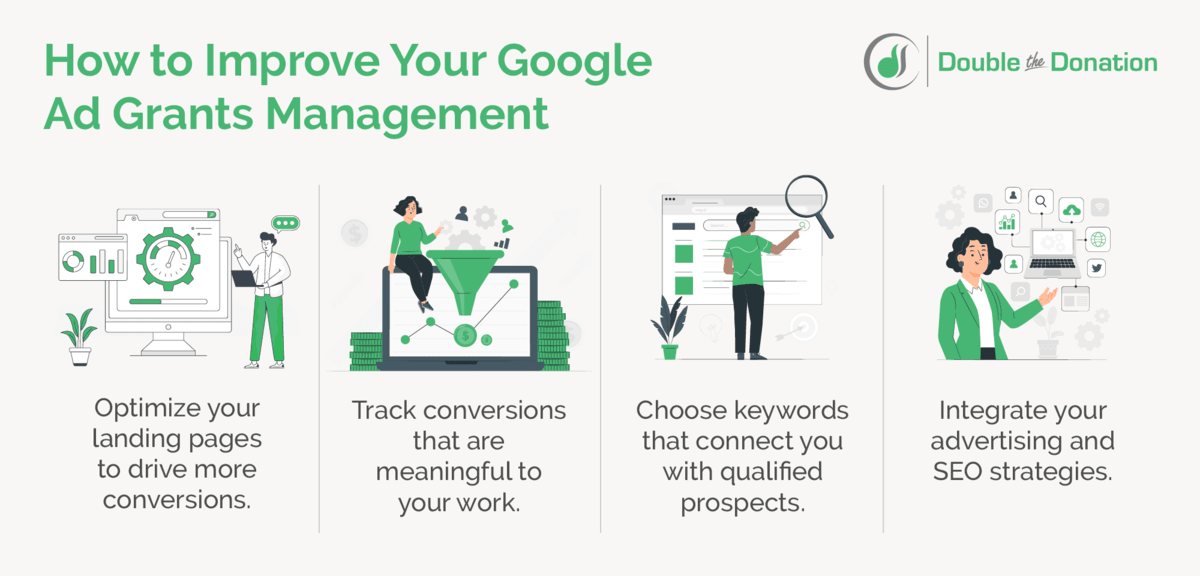

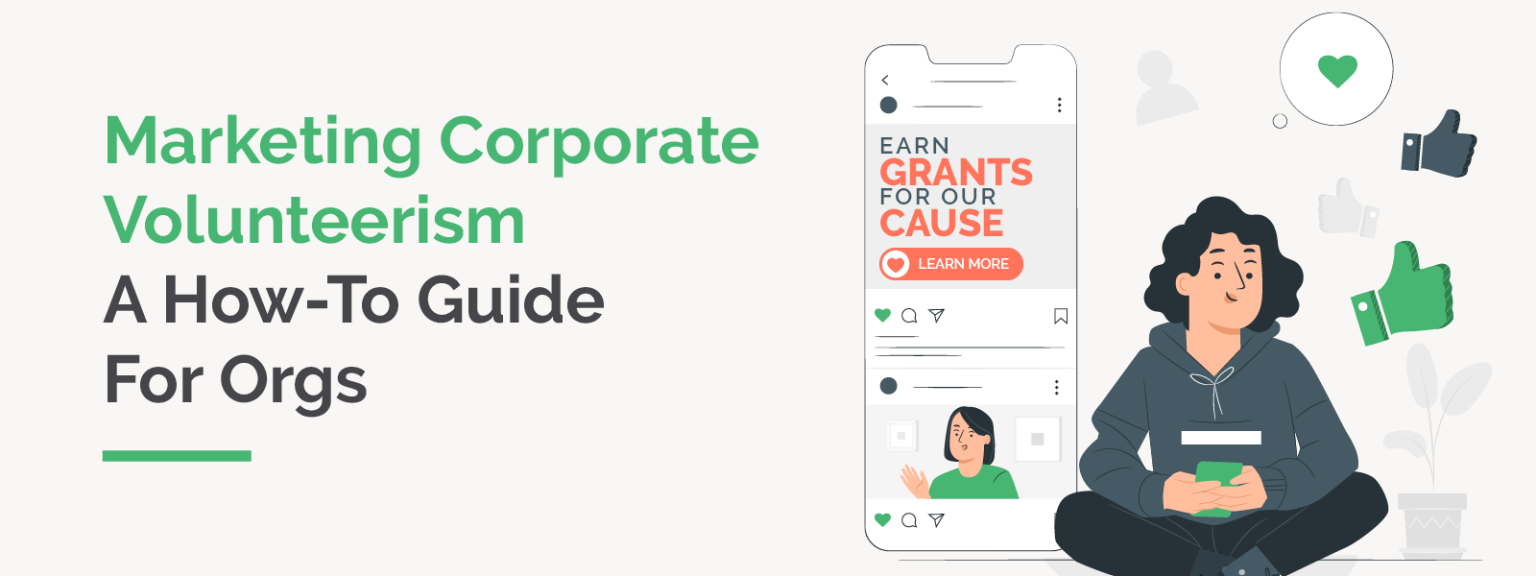
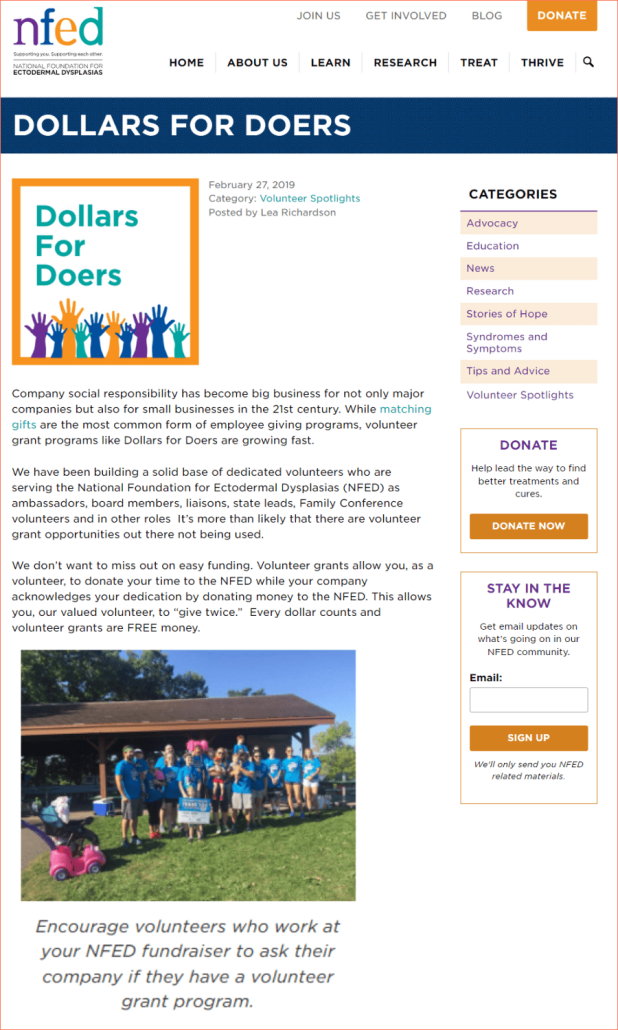
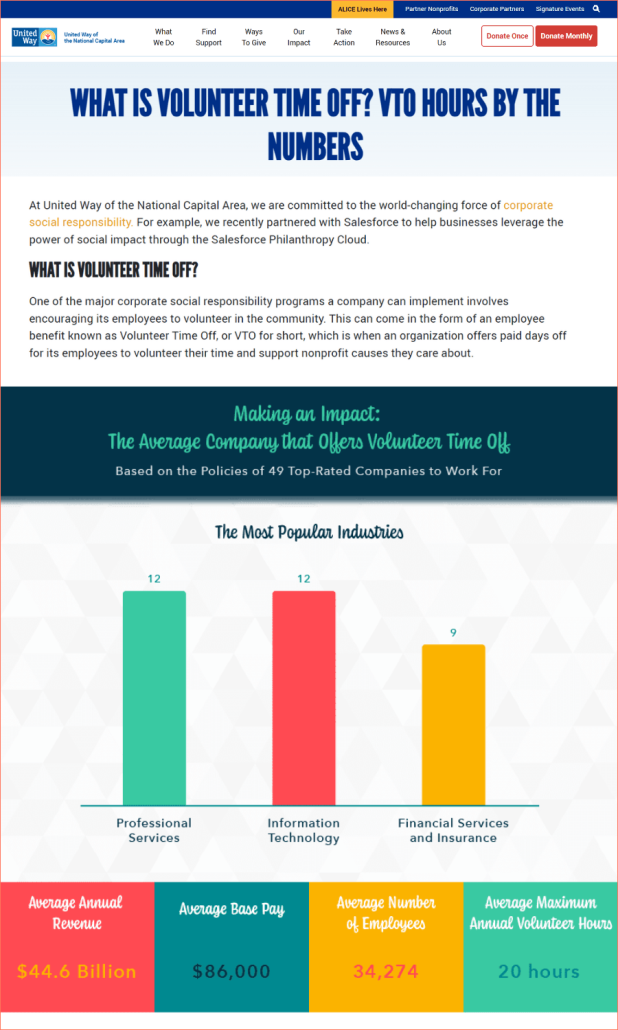
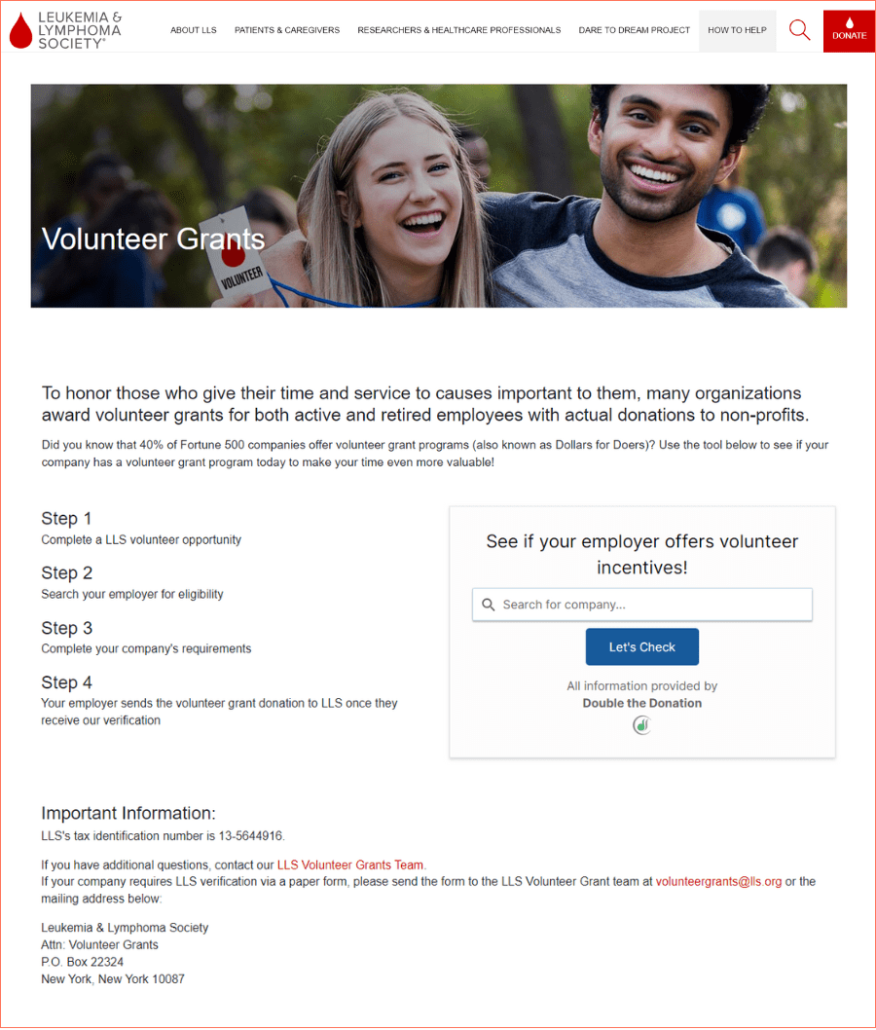
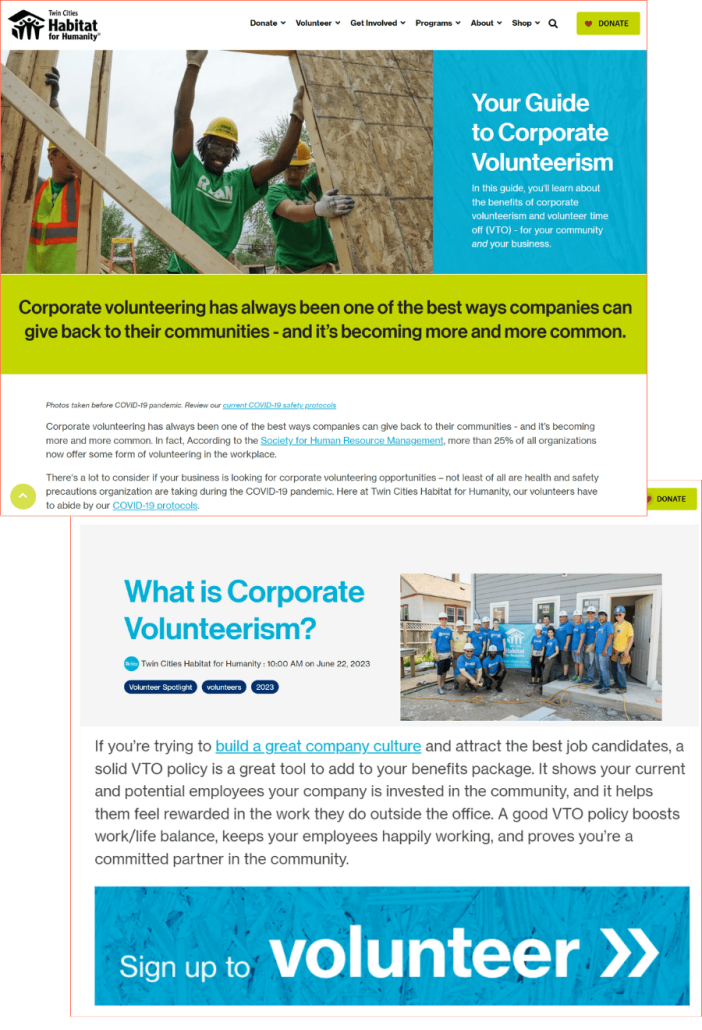
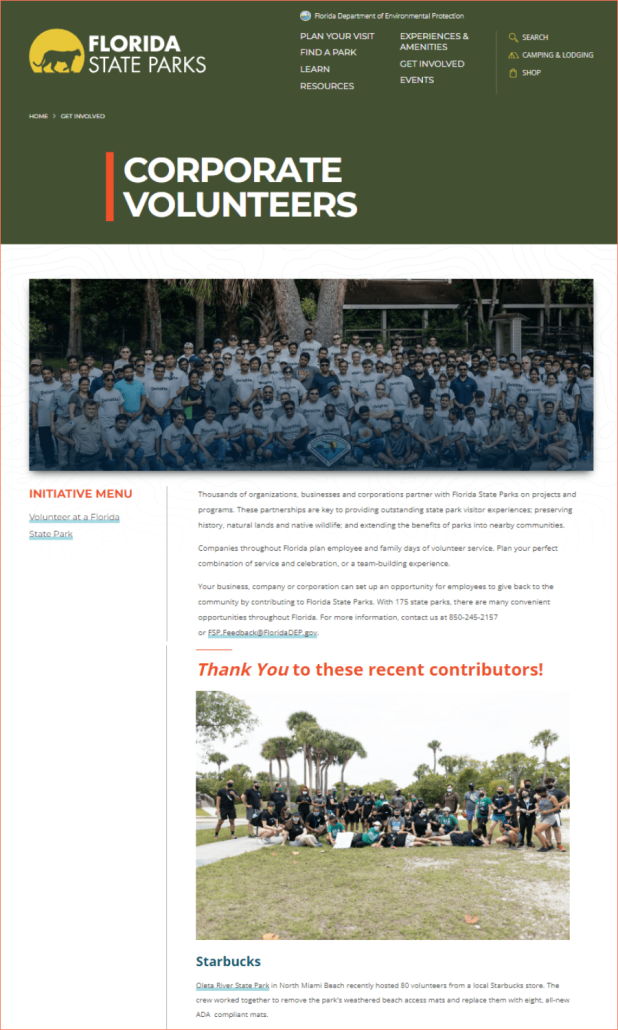

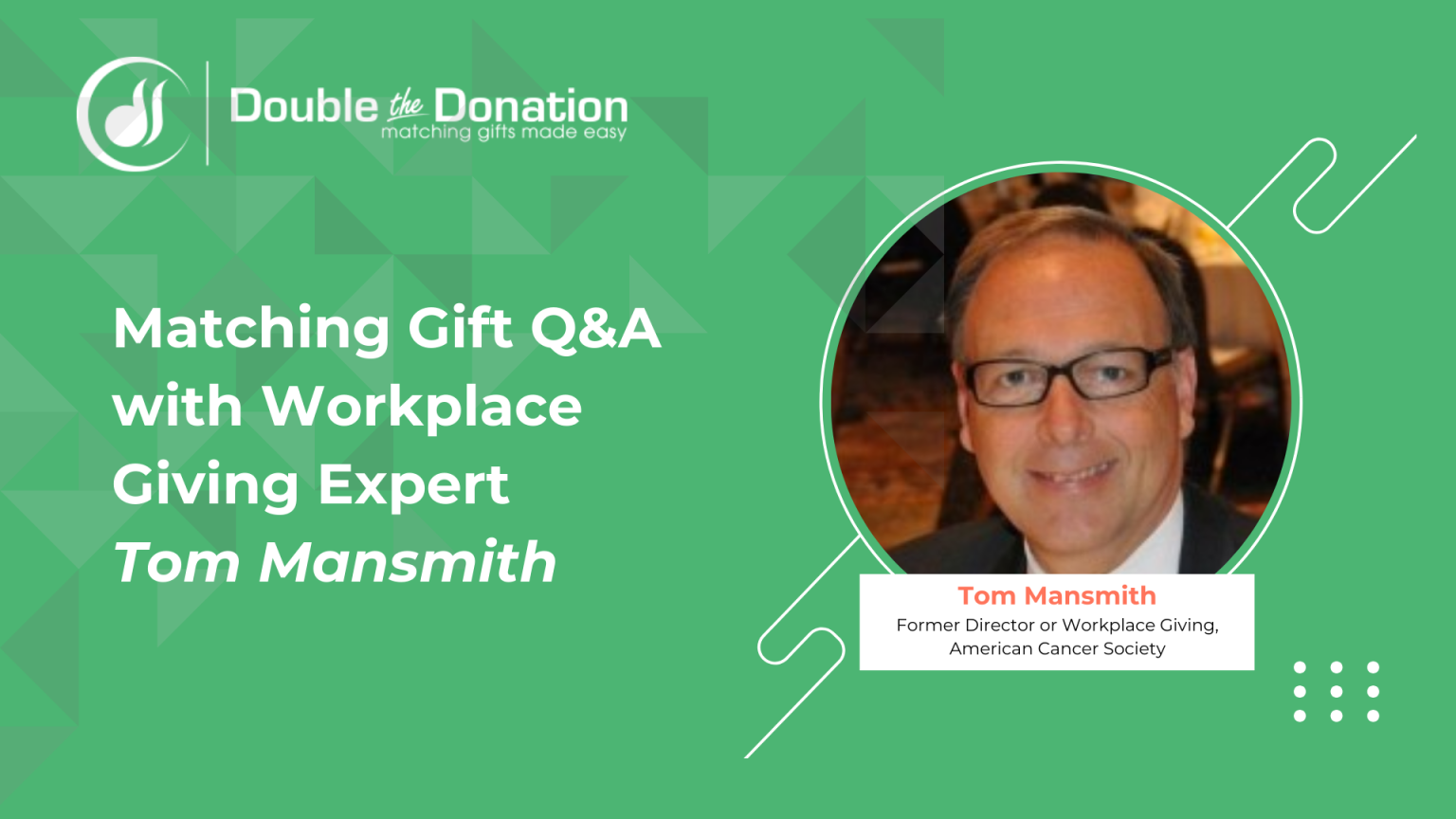

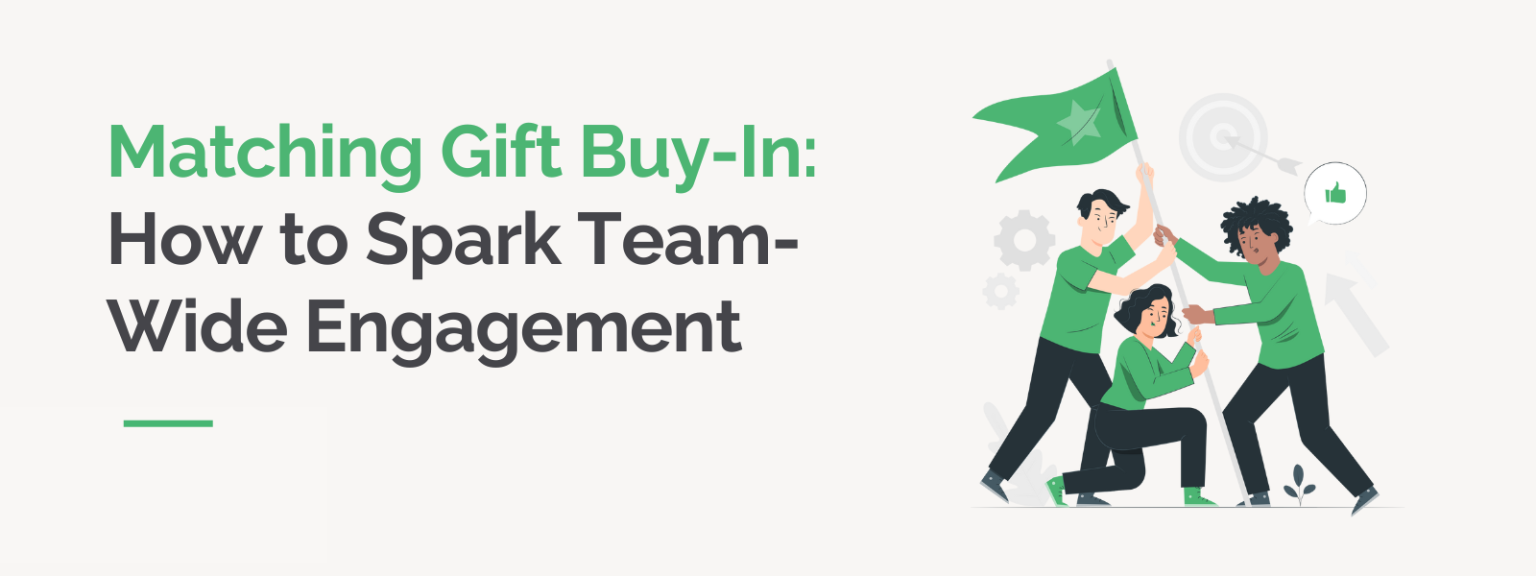
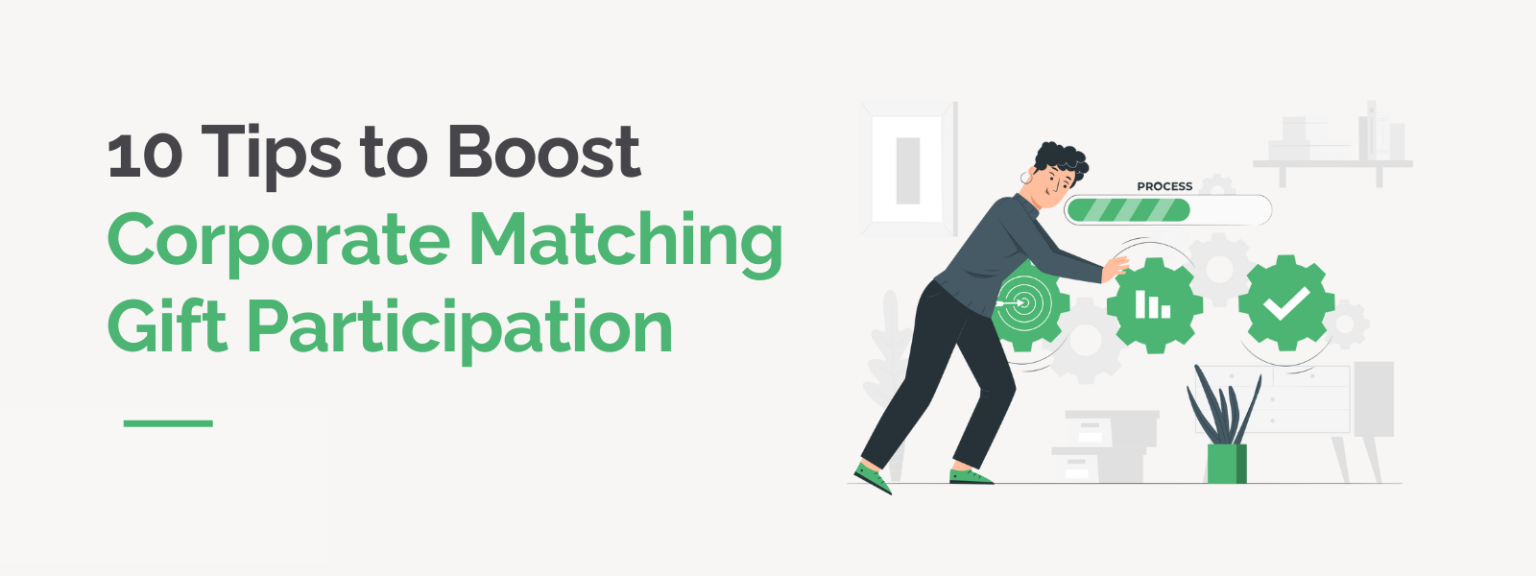

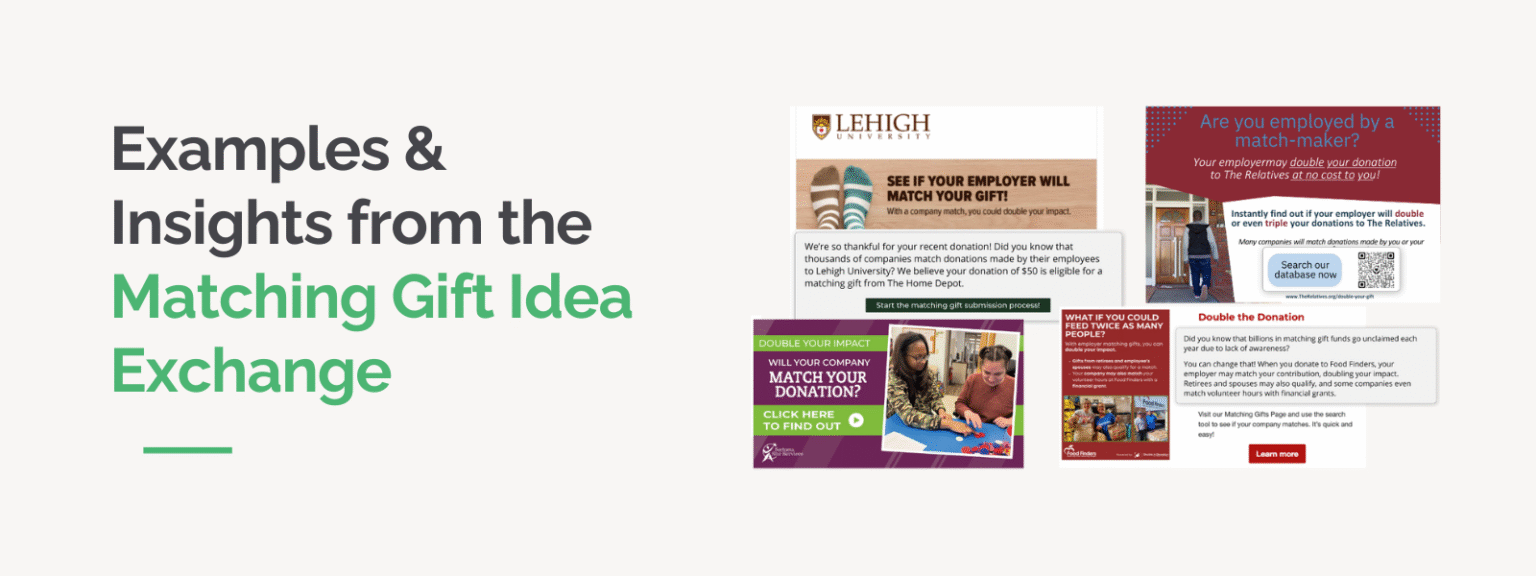
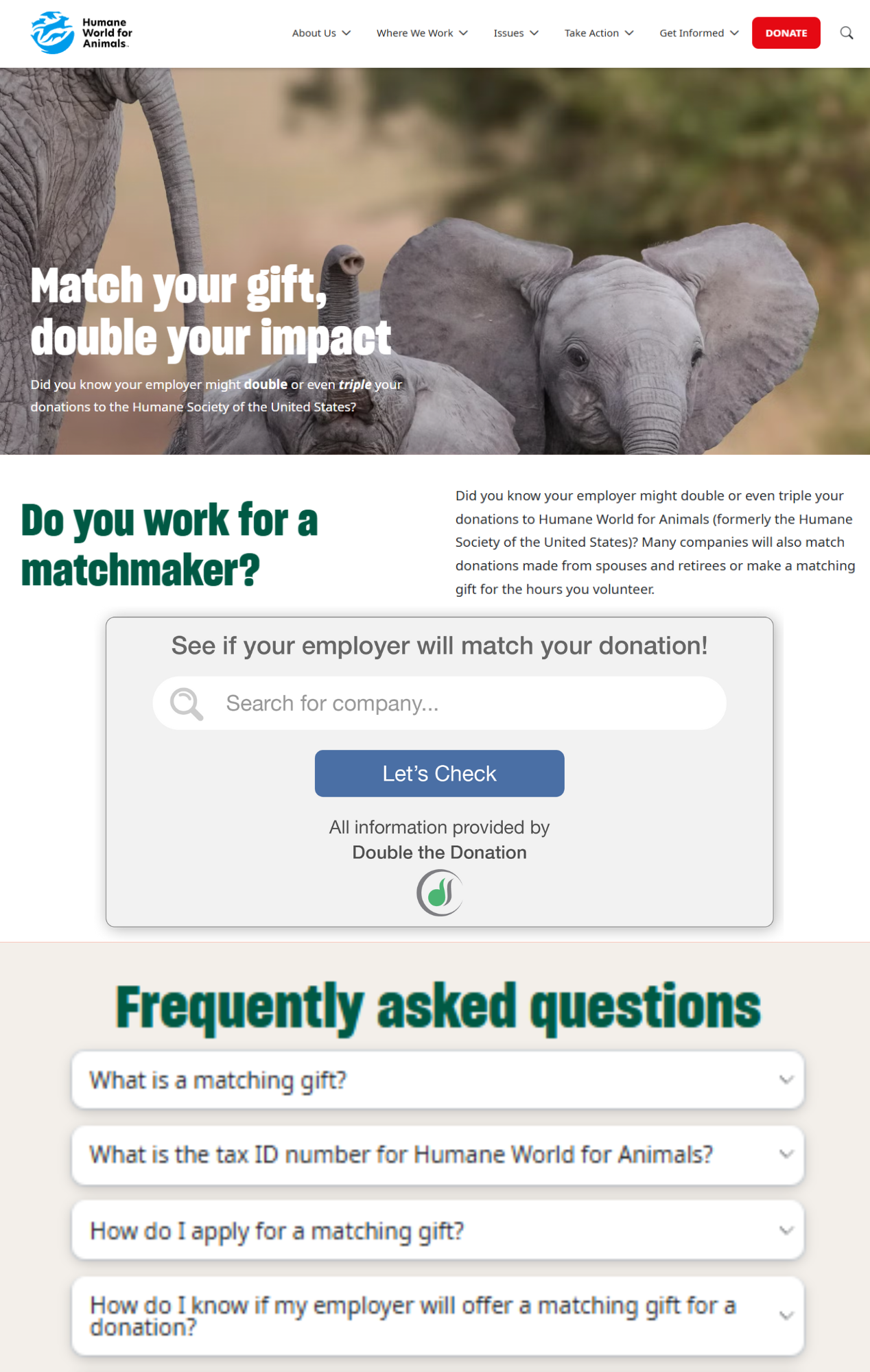
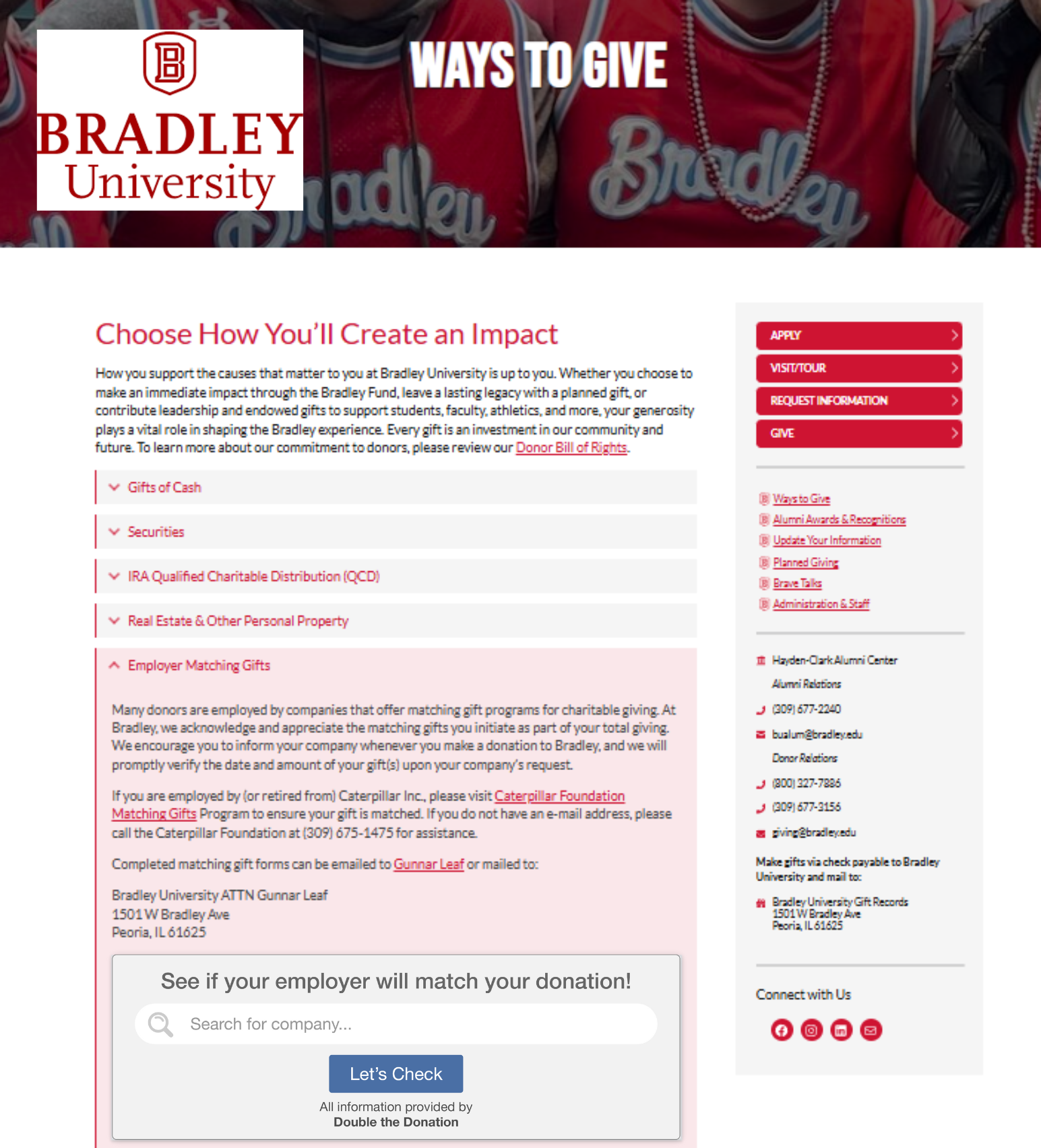
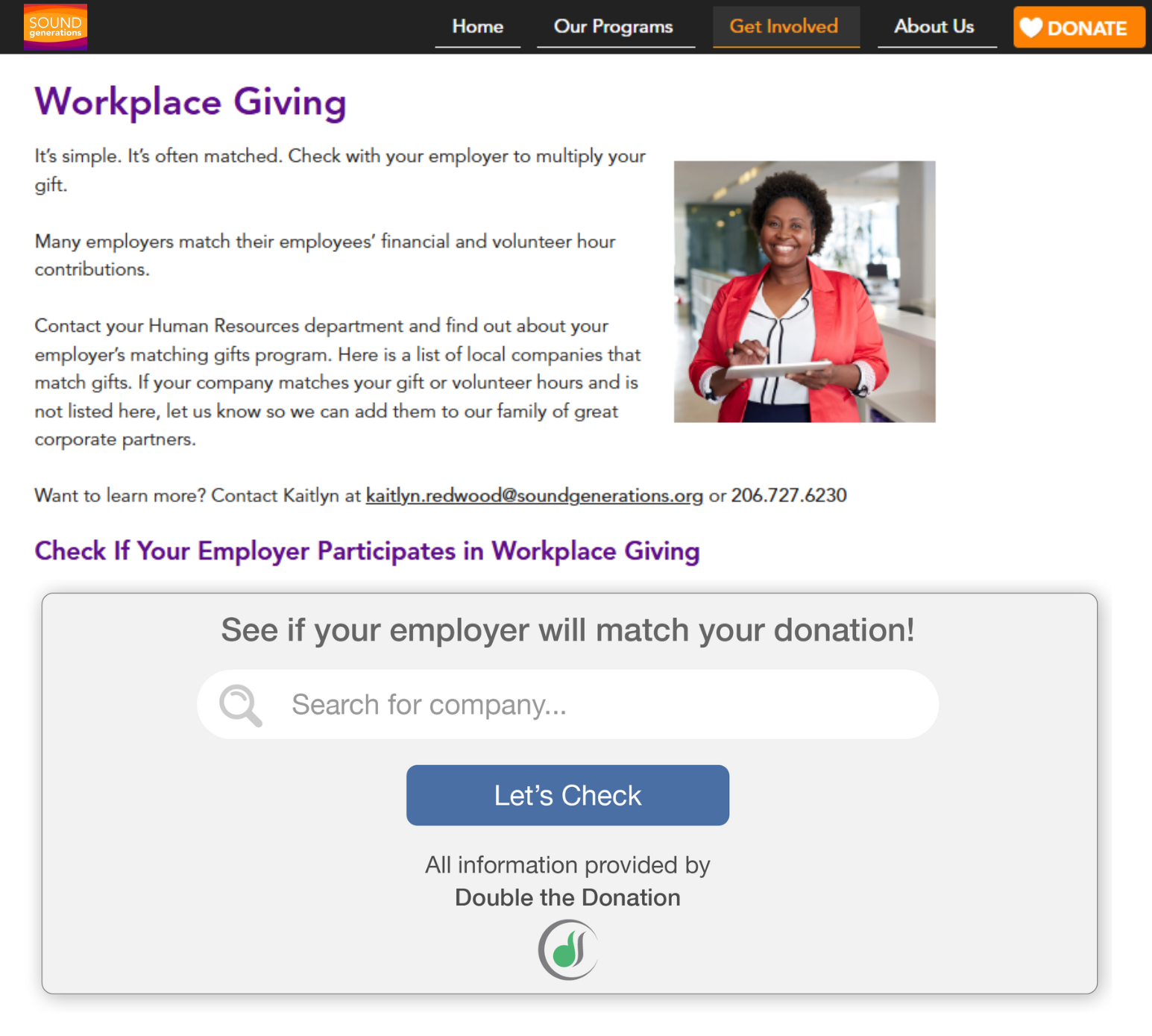
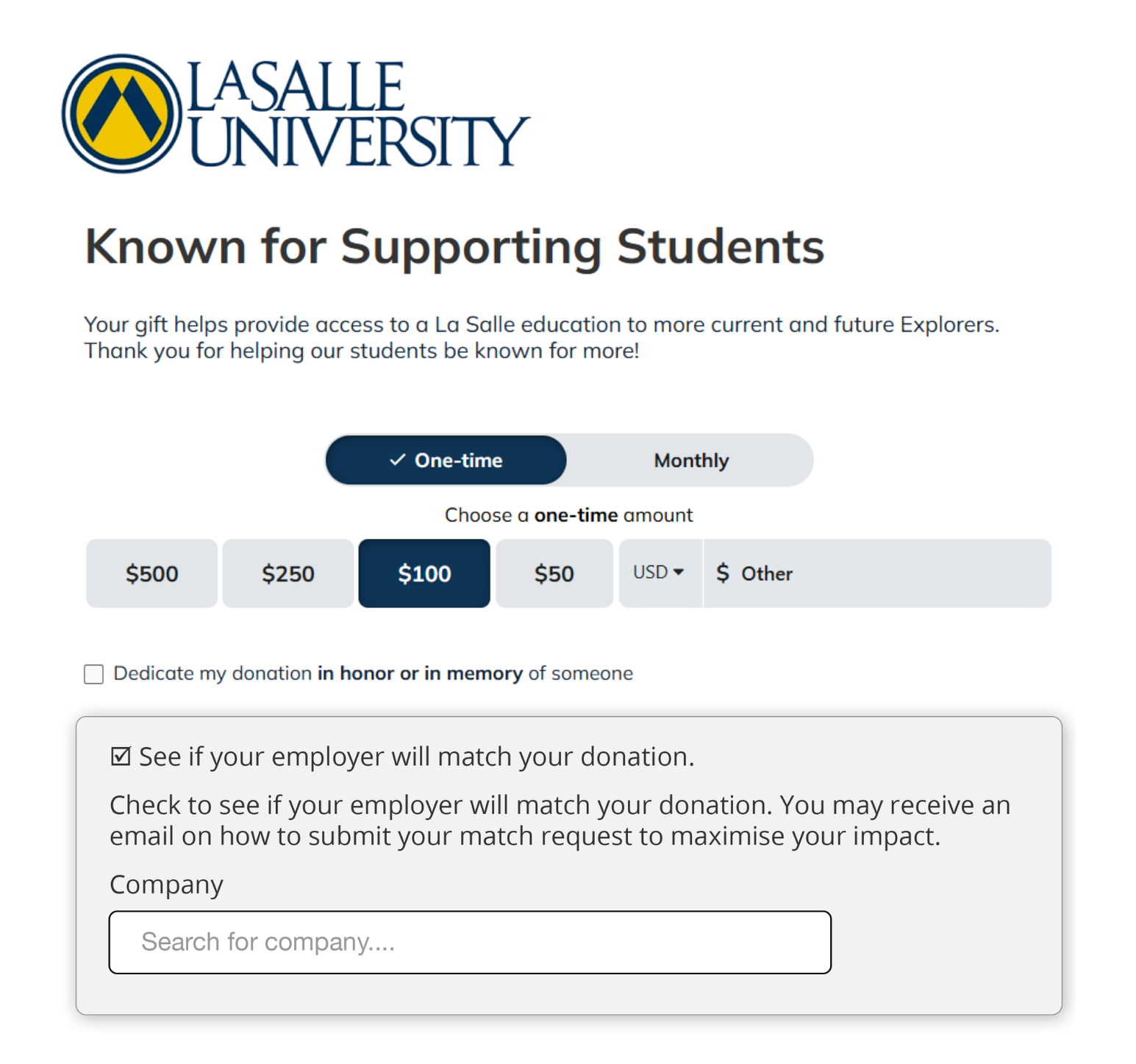
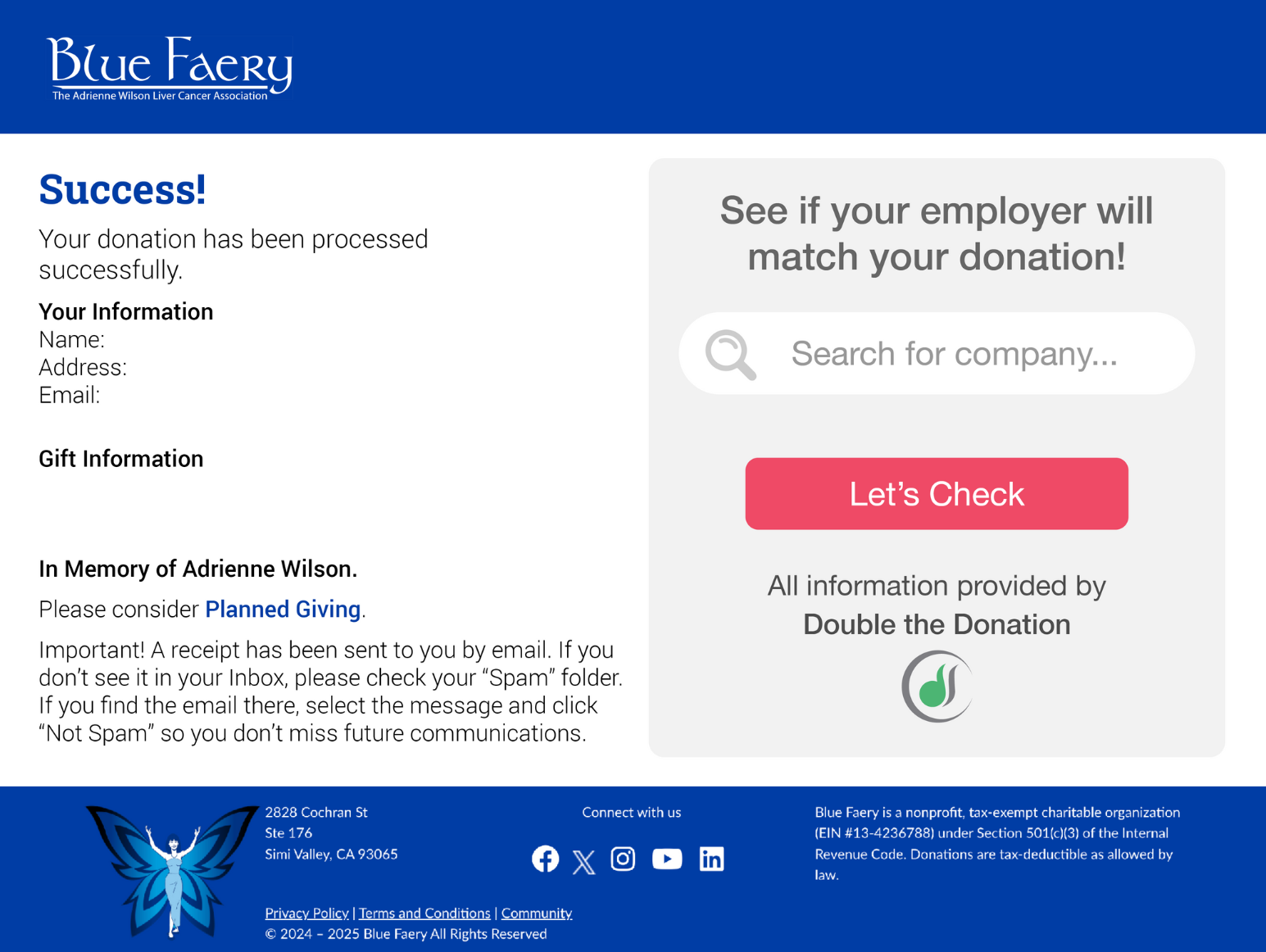
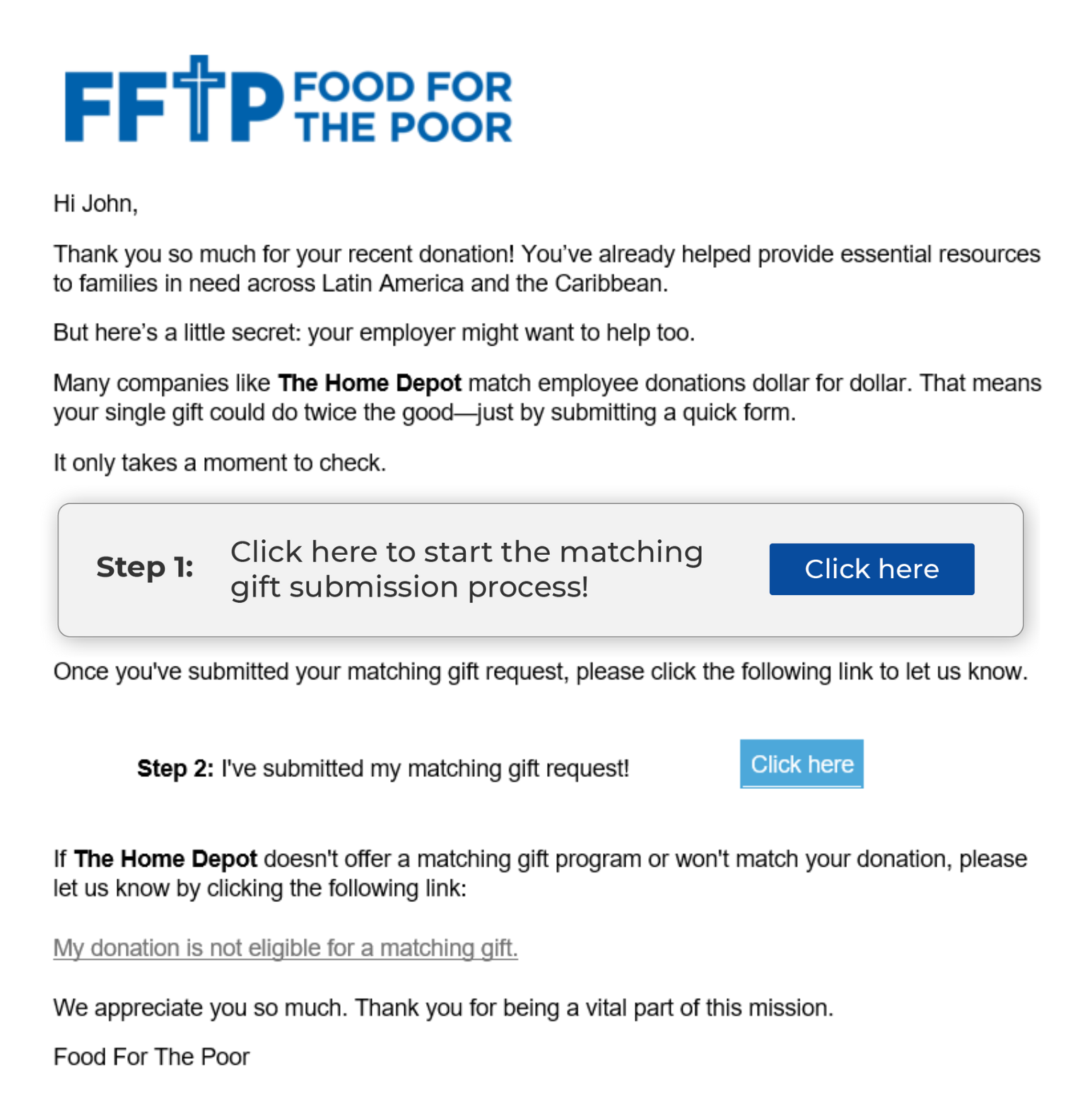
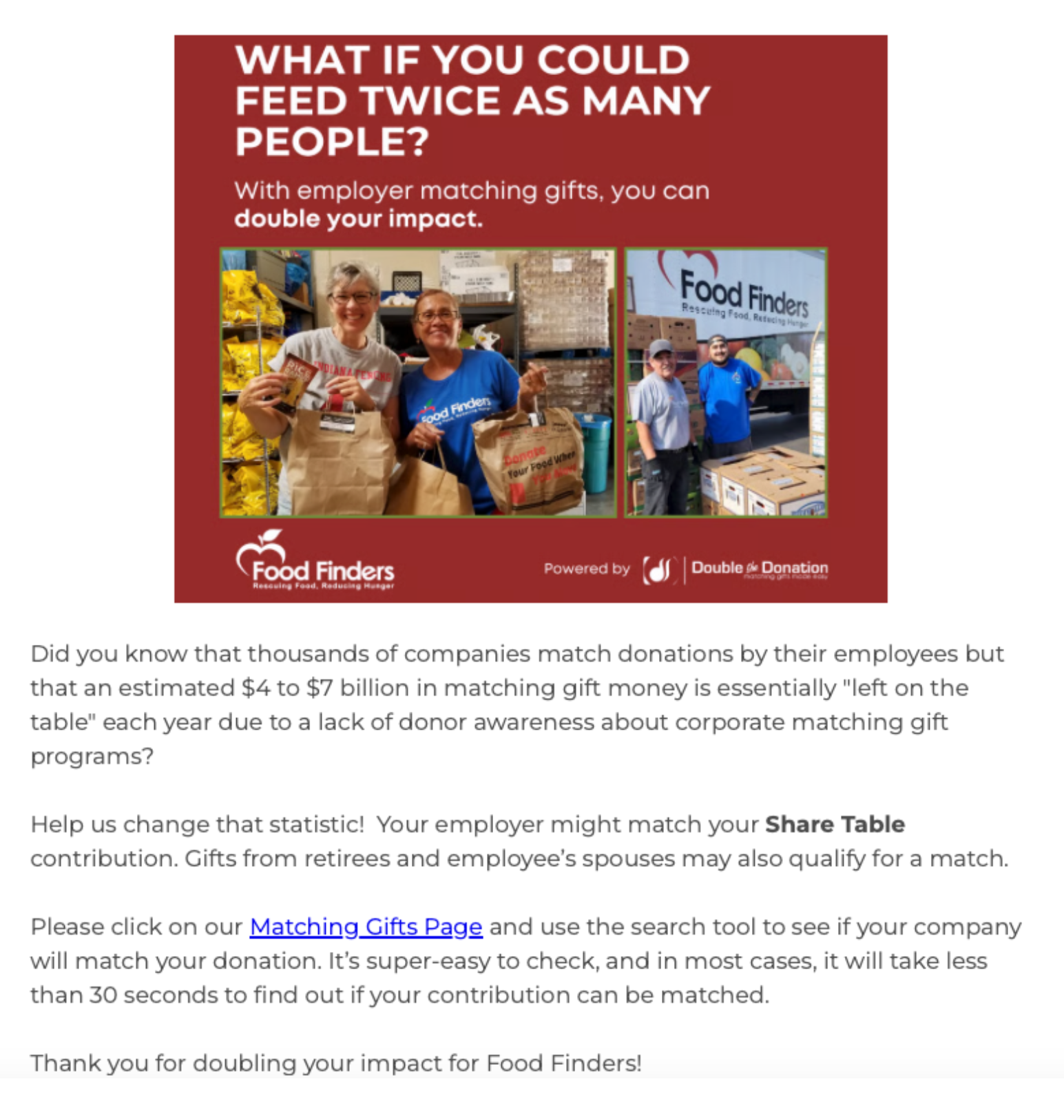
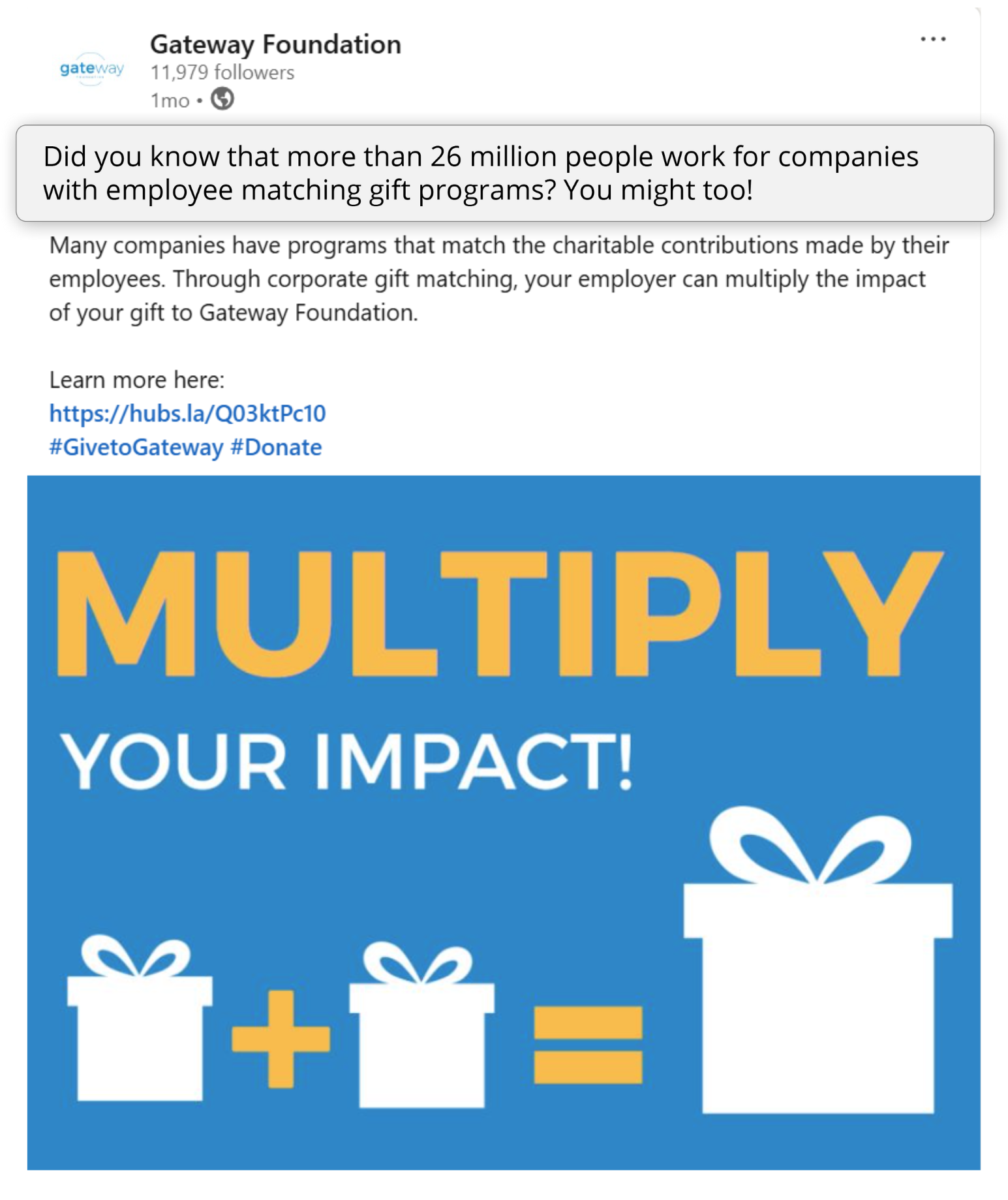
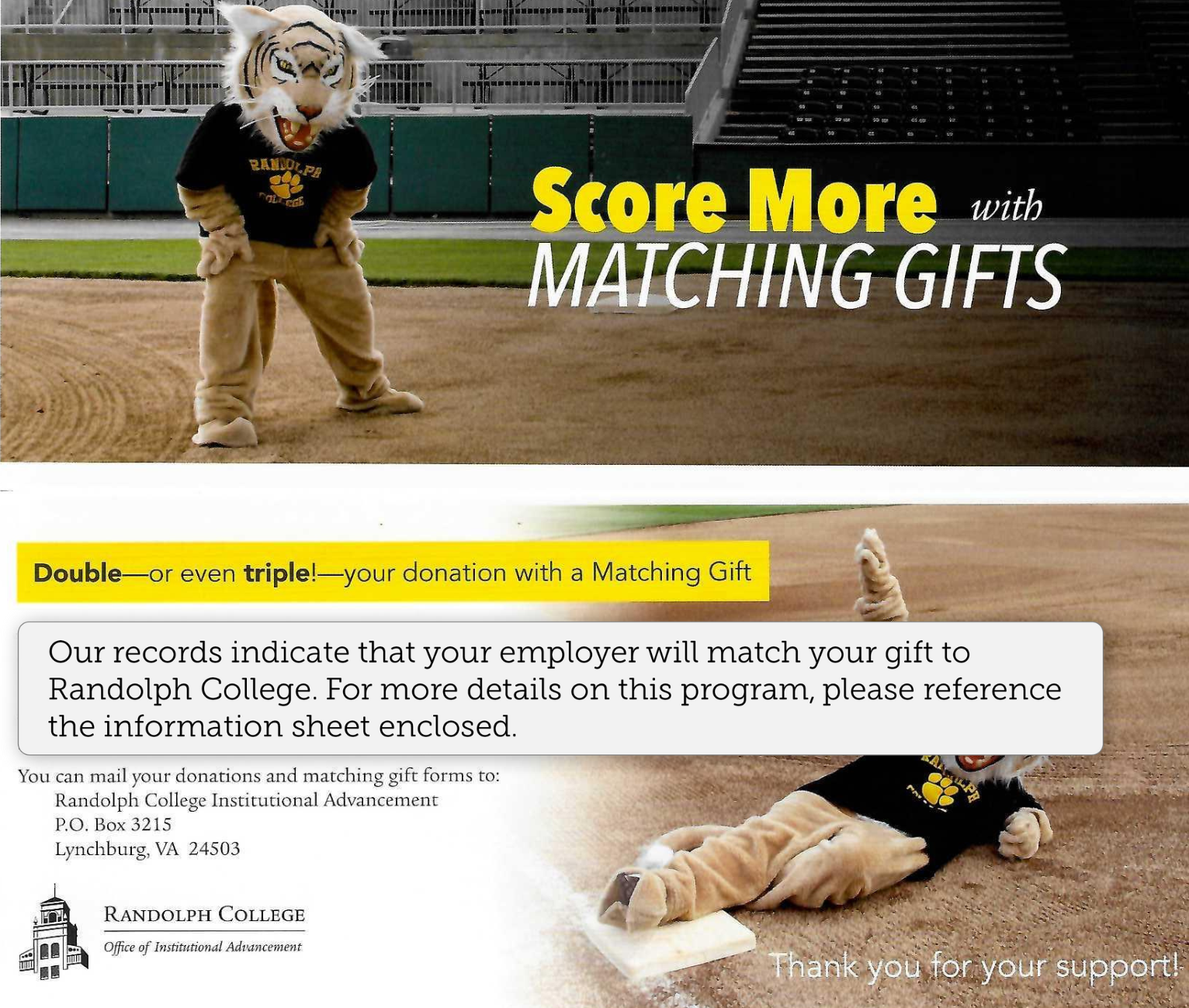

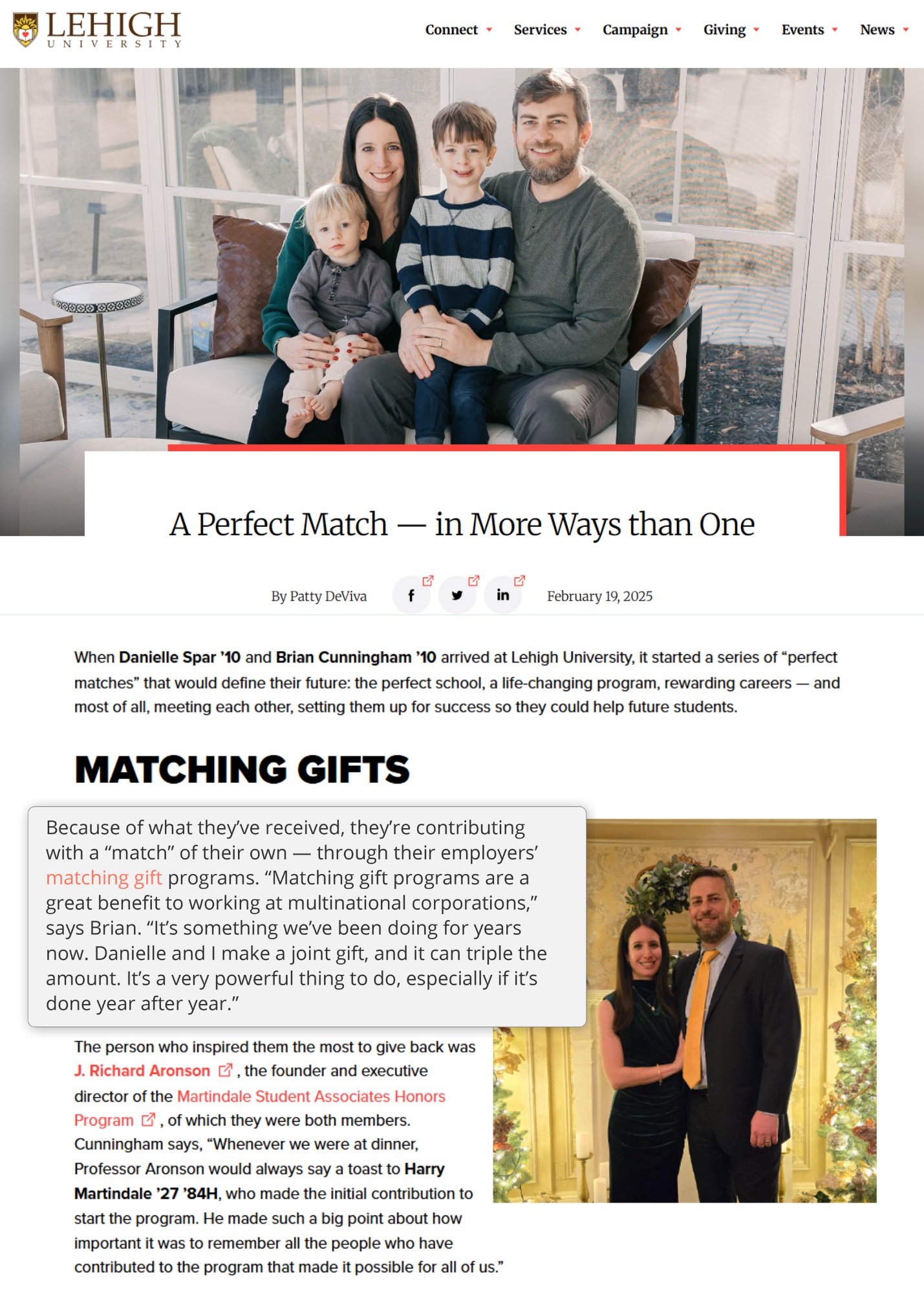

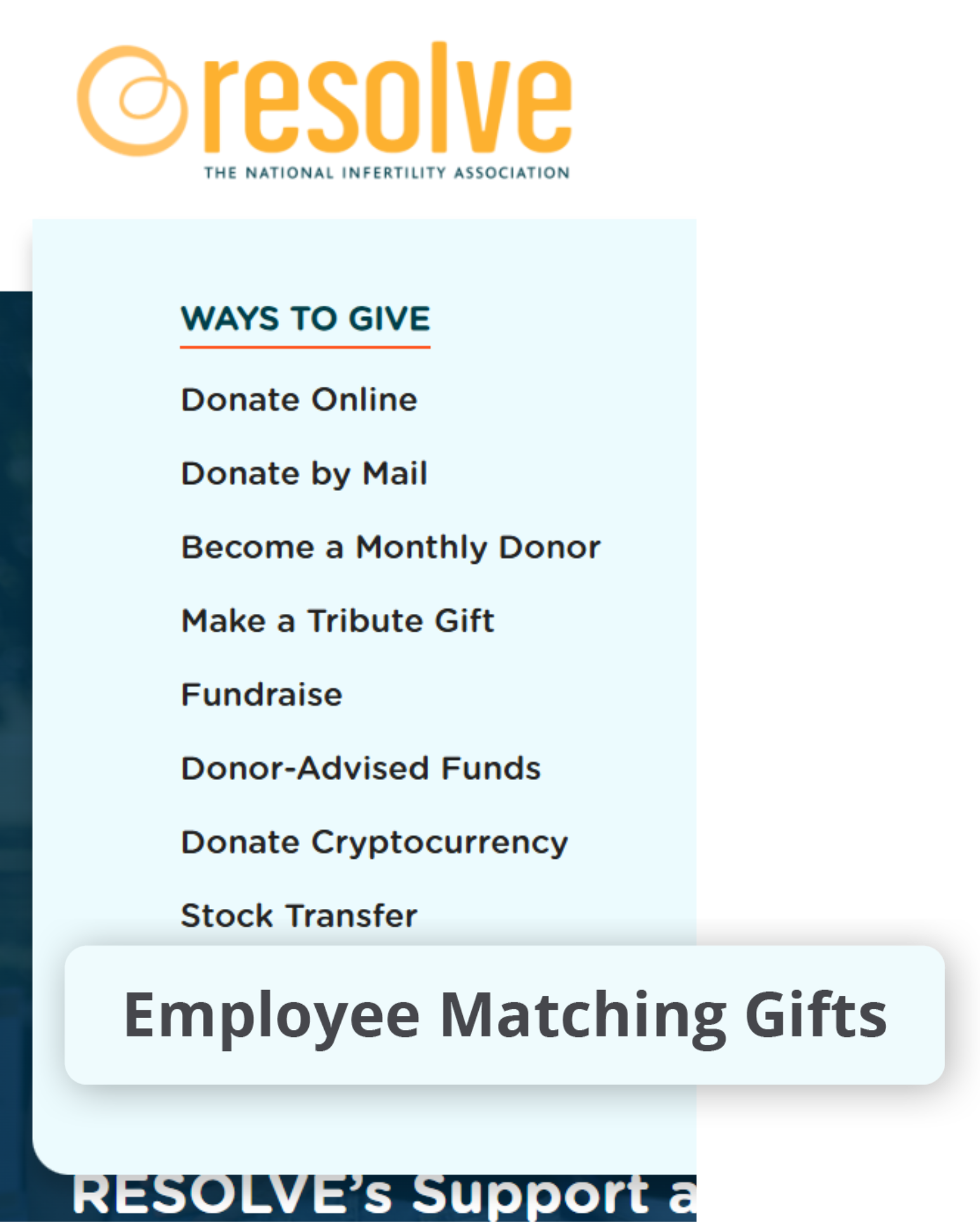
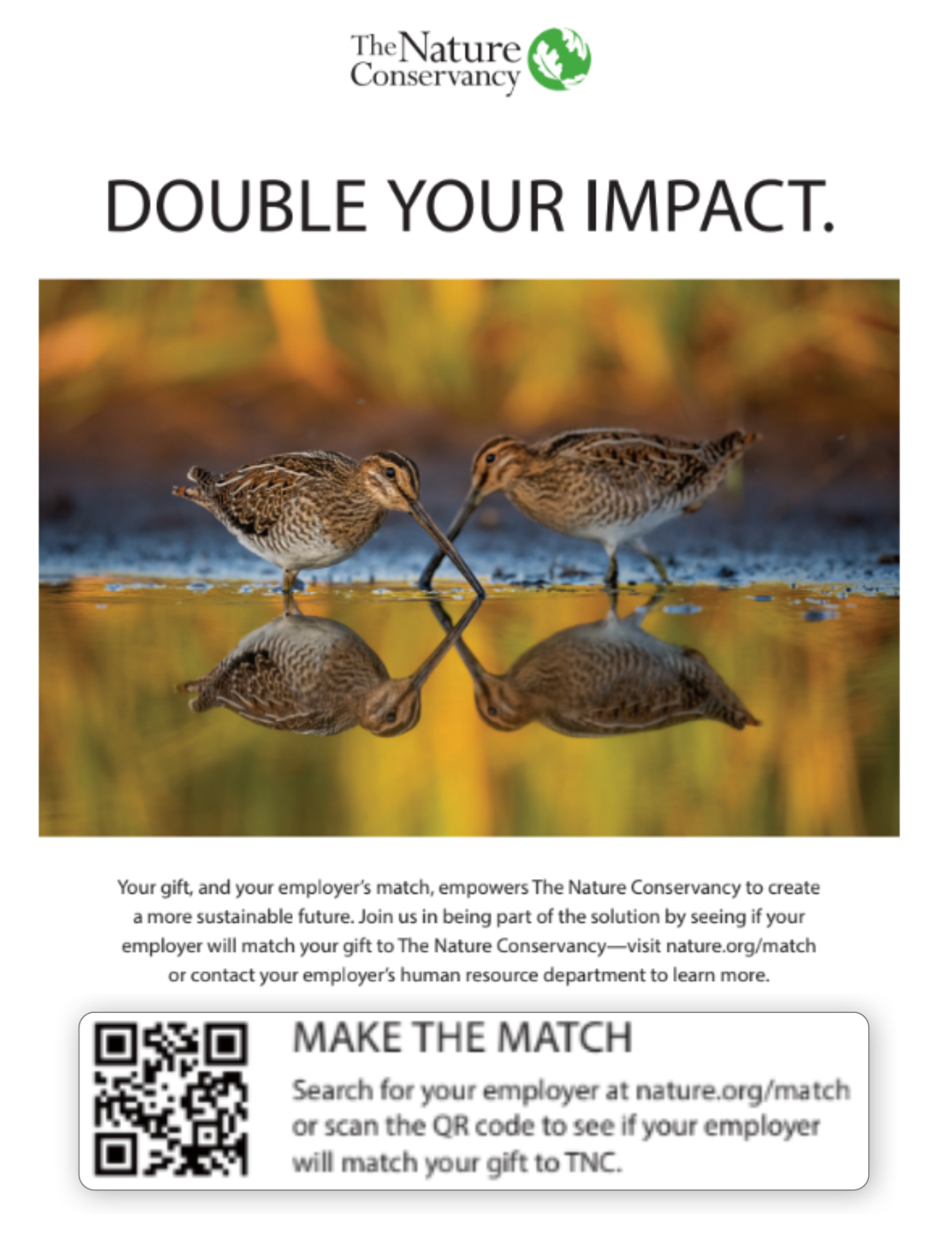
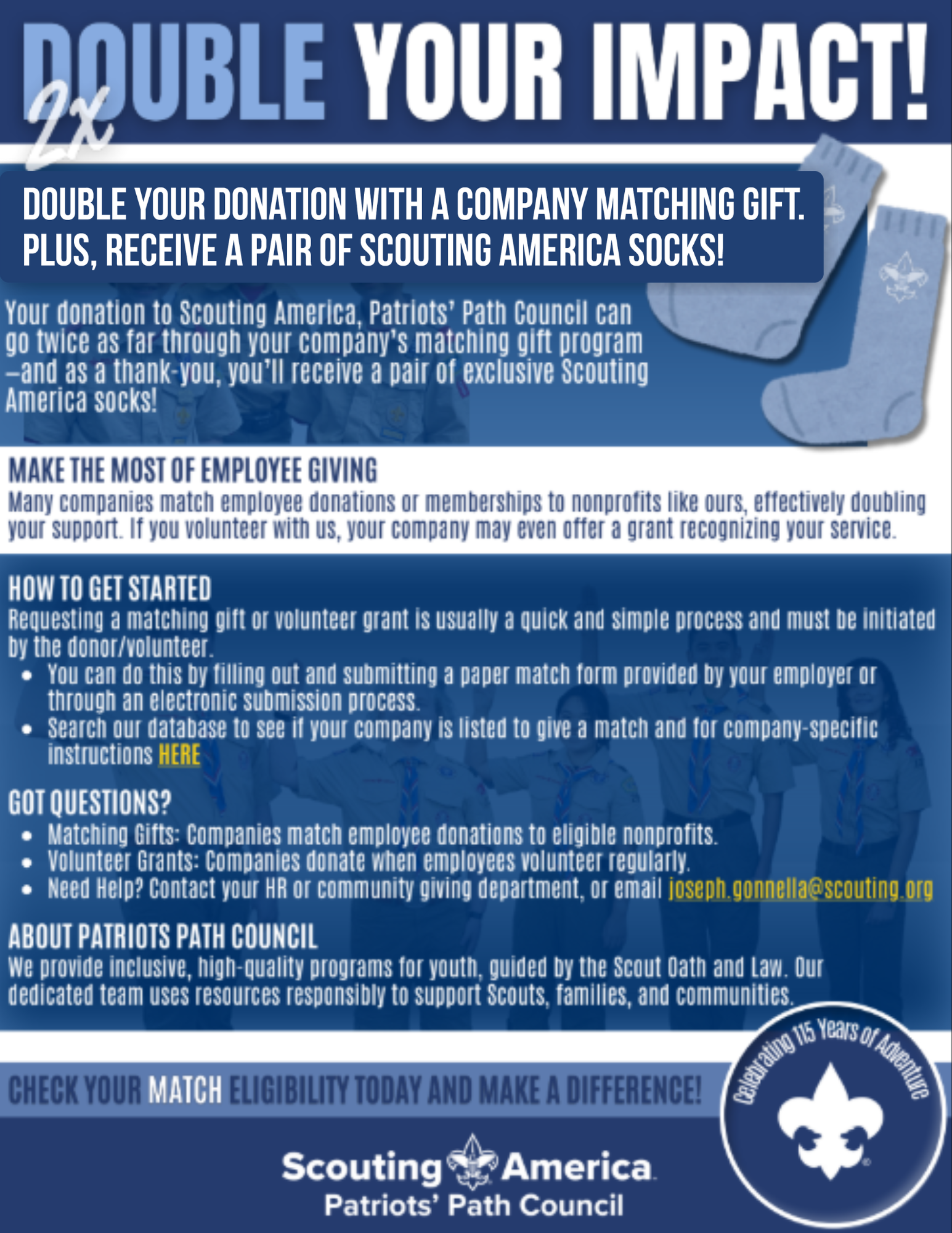
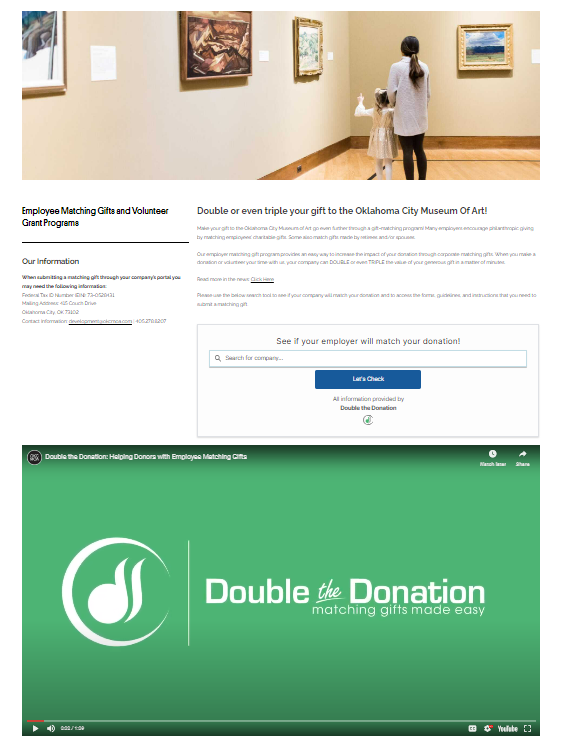
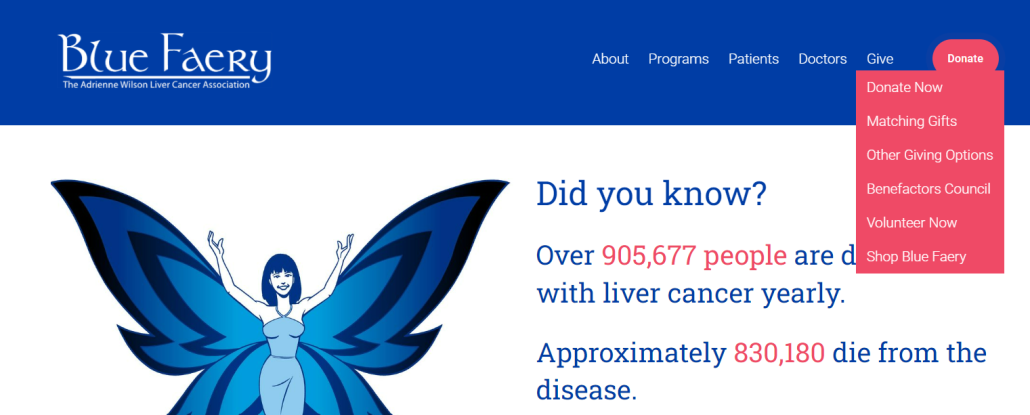
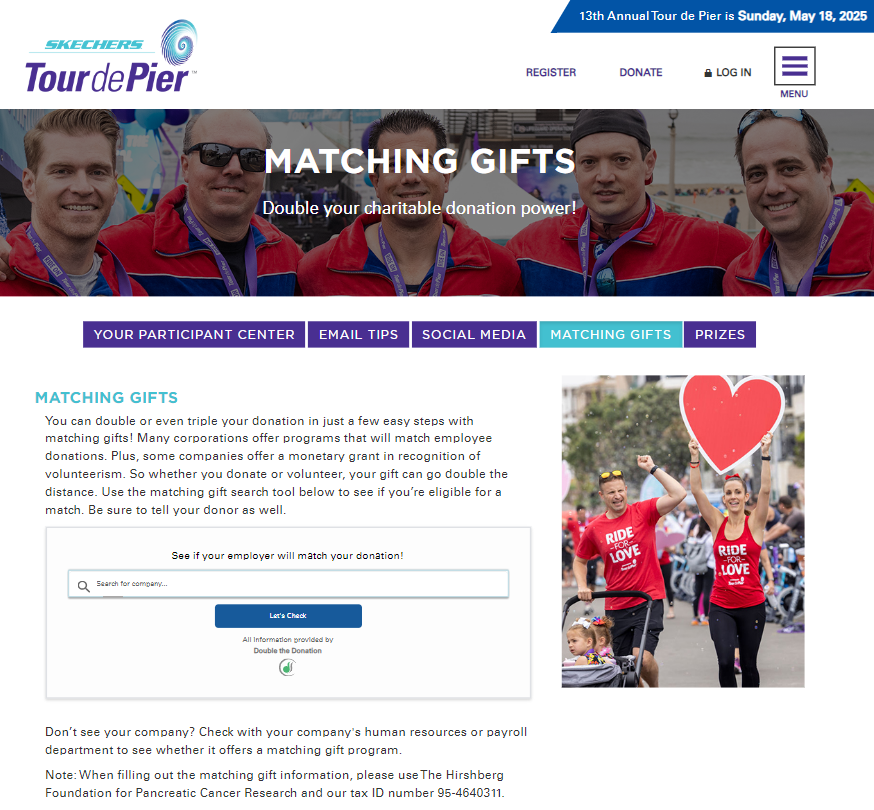
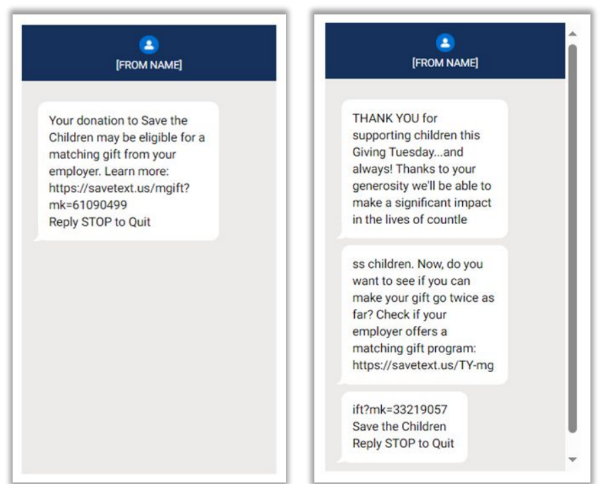
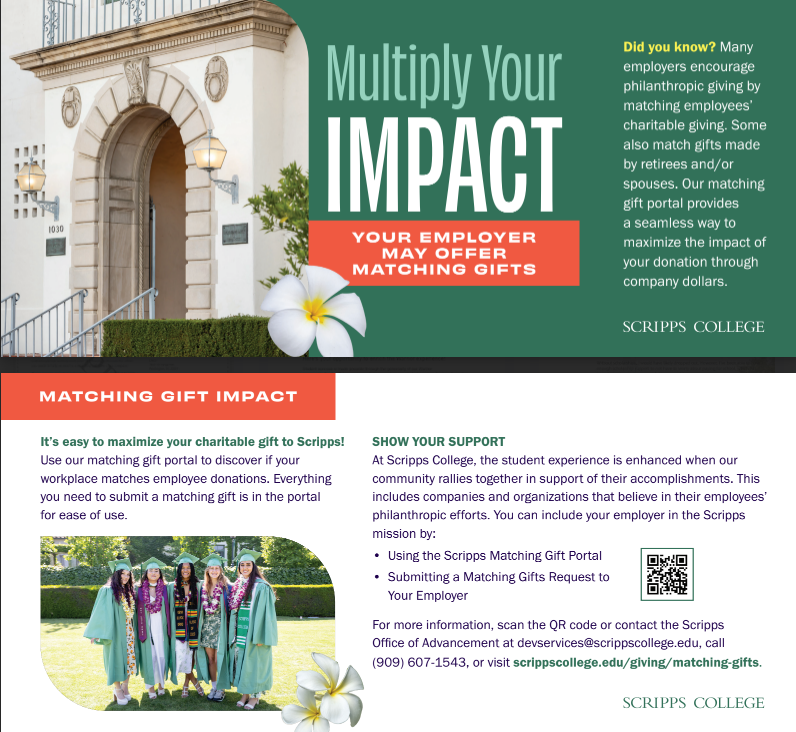
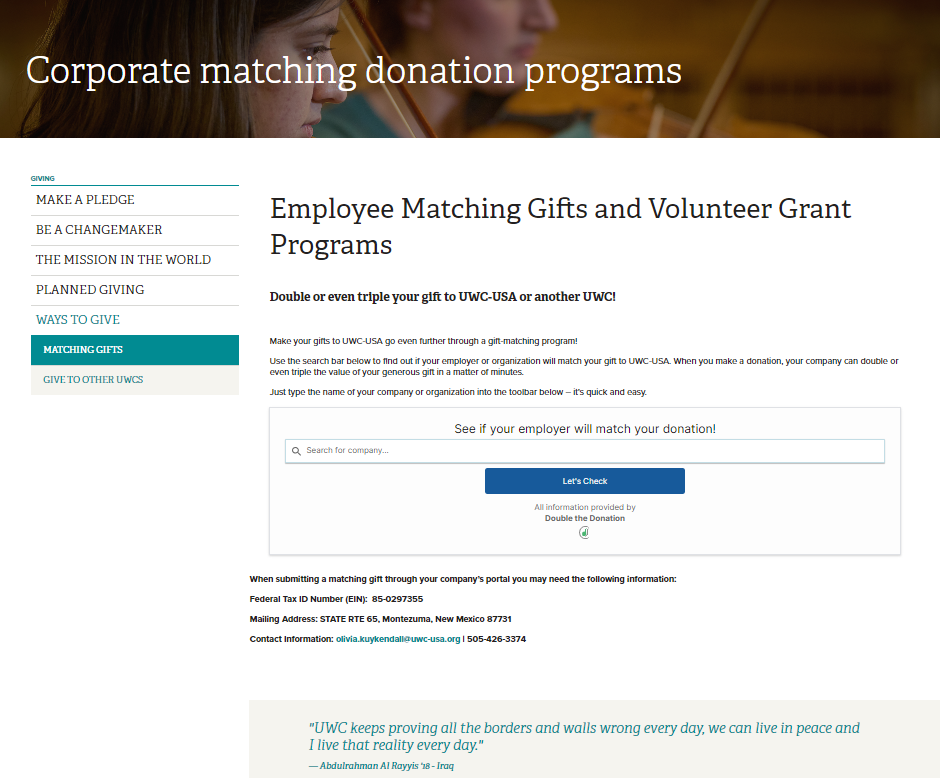
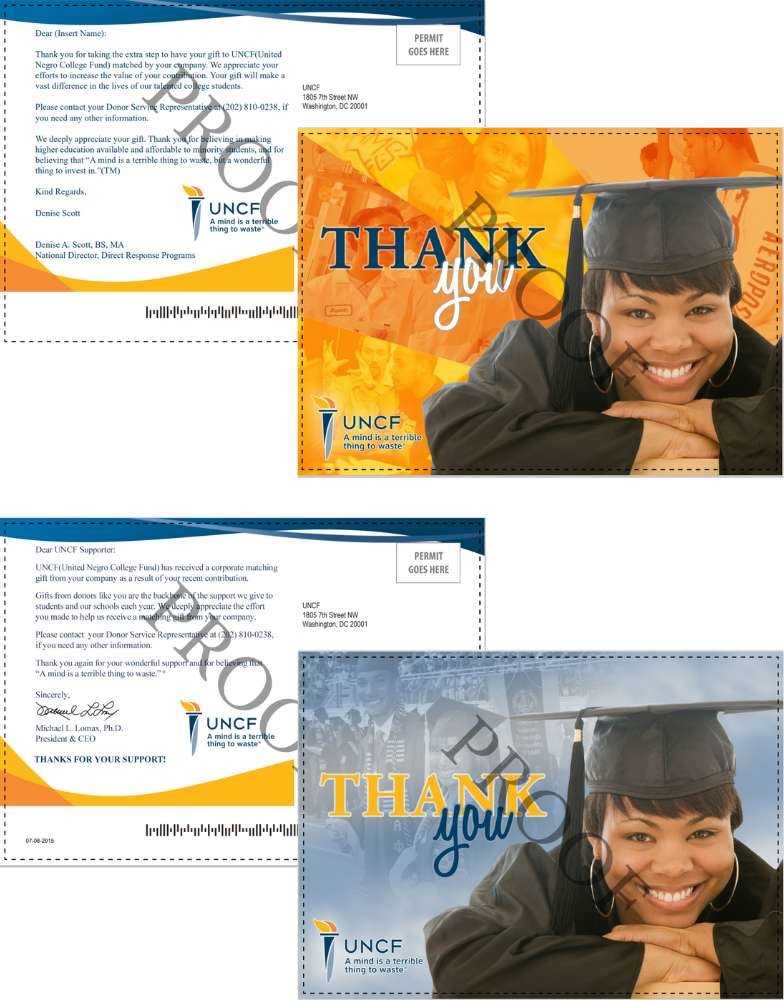
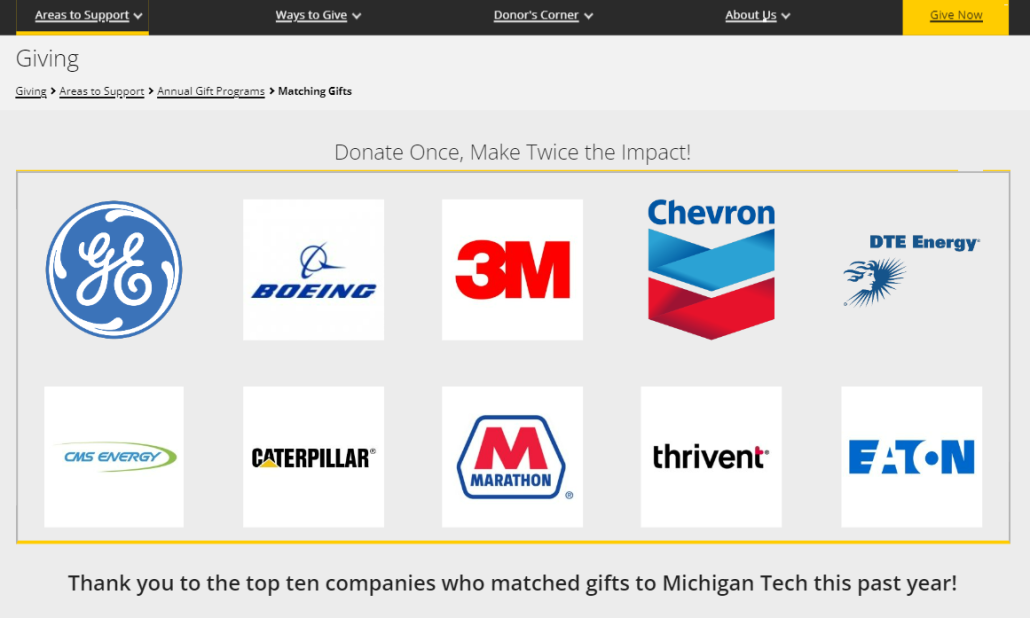
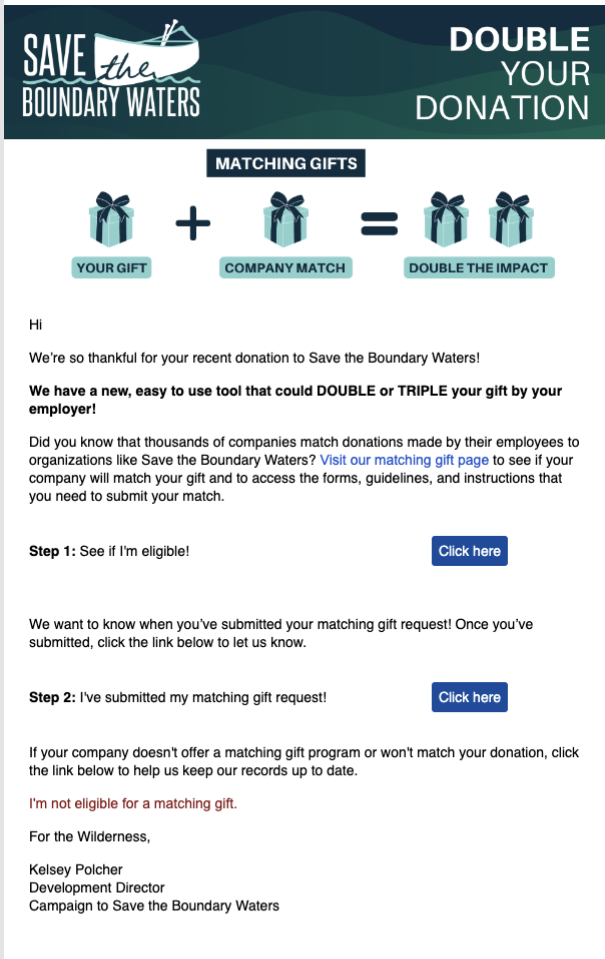

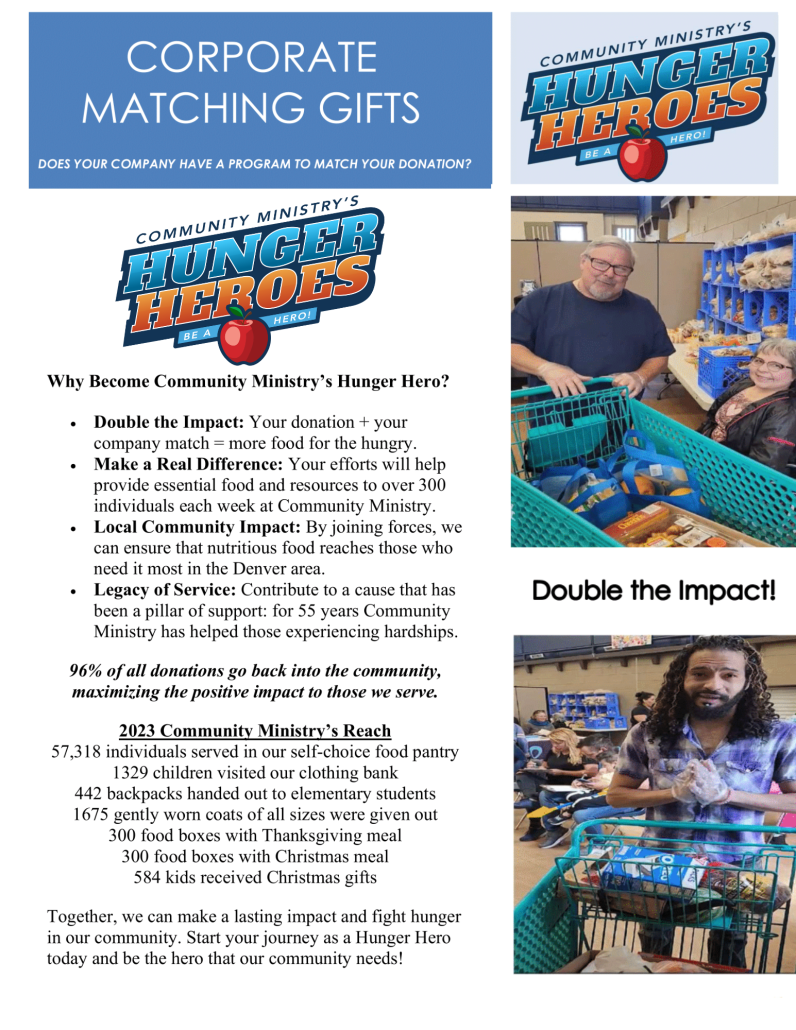

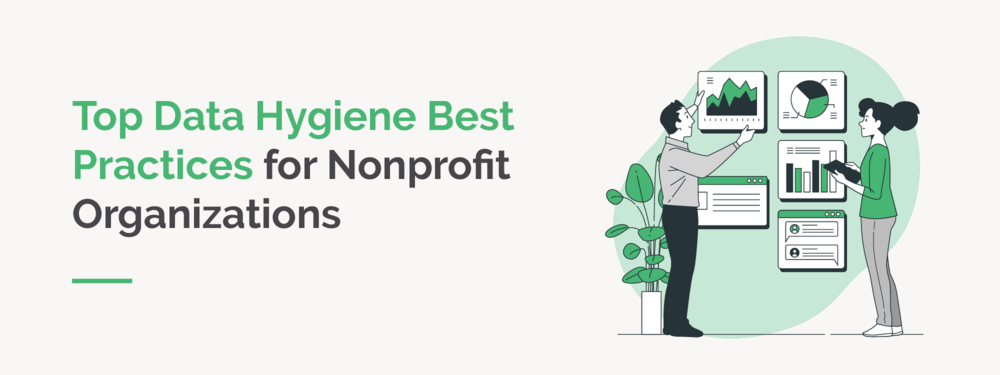





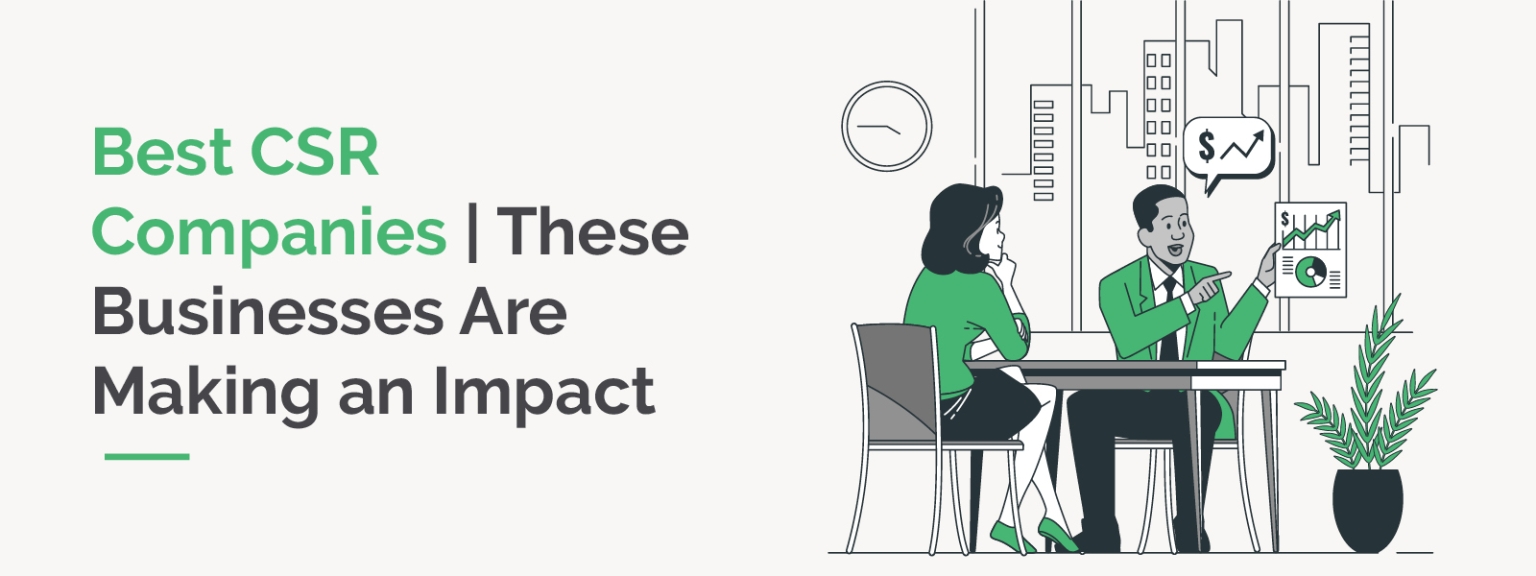
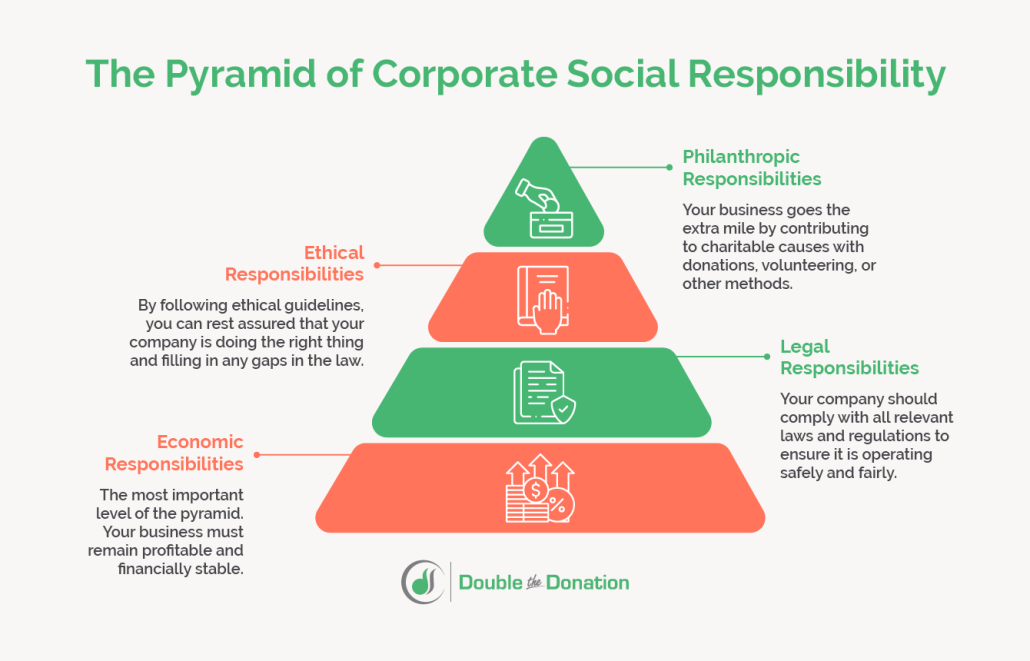



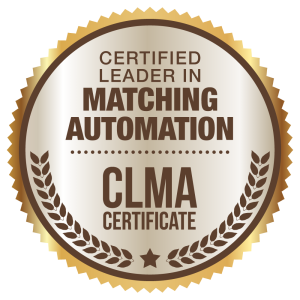 What Makes This Company’s Programming Stand Out:
What Makes This Company’s Programming Stand Out:









